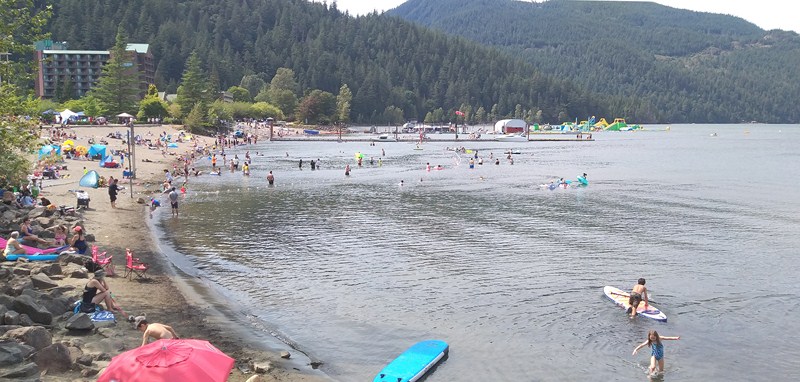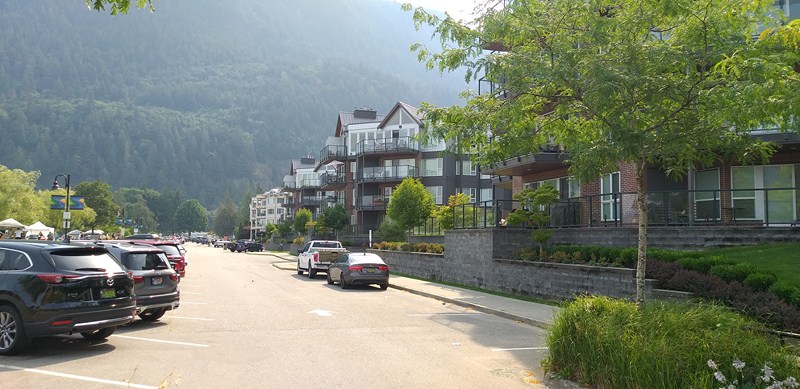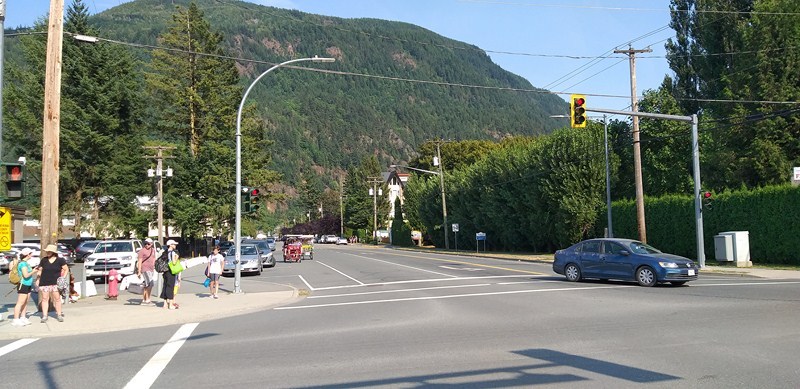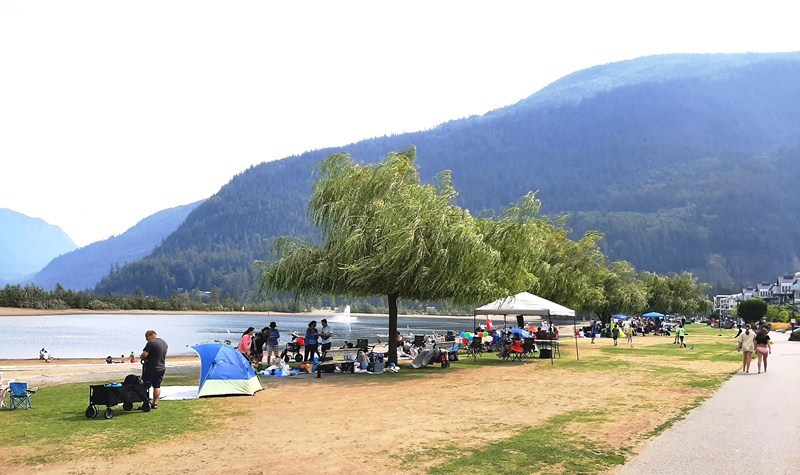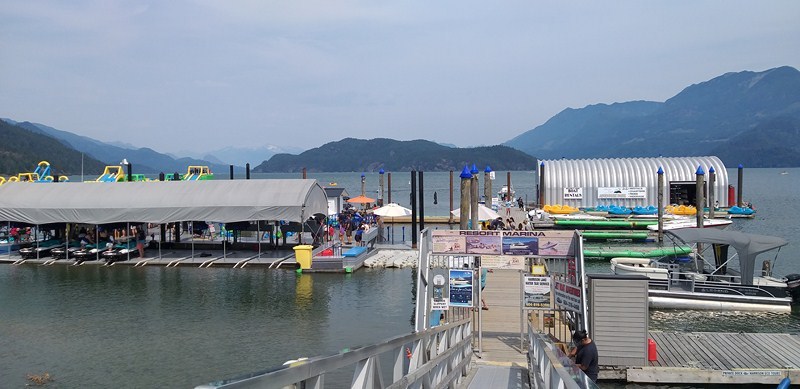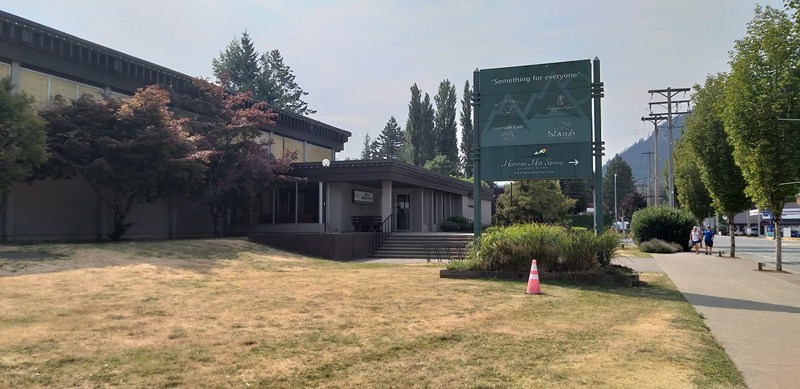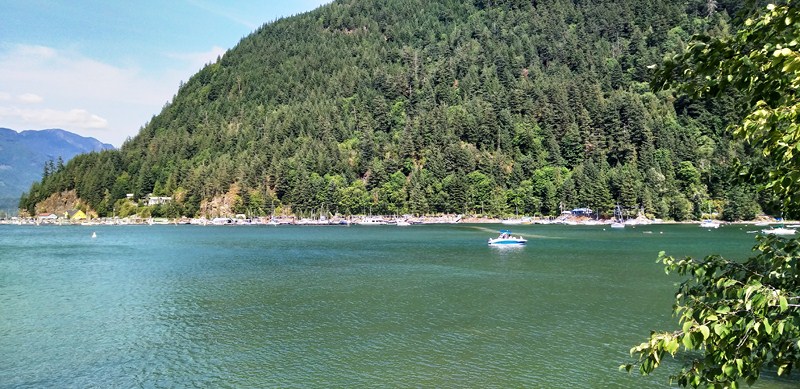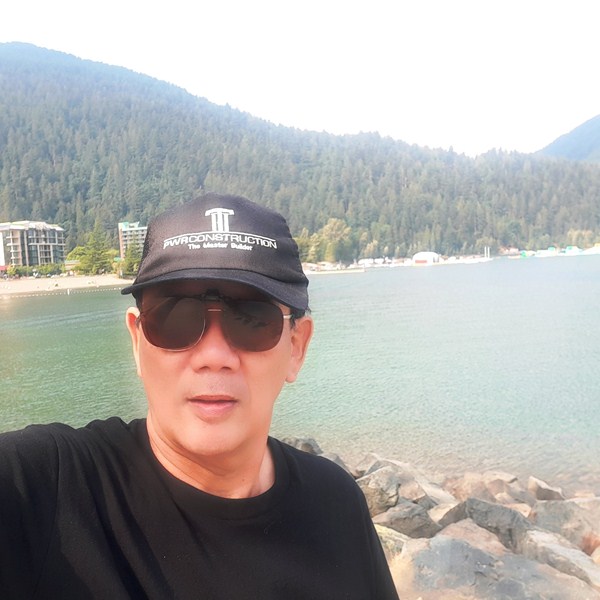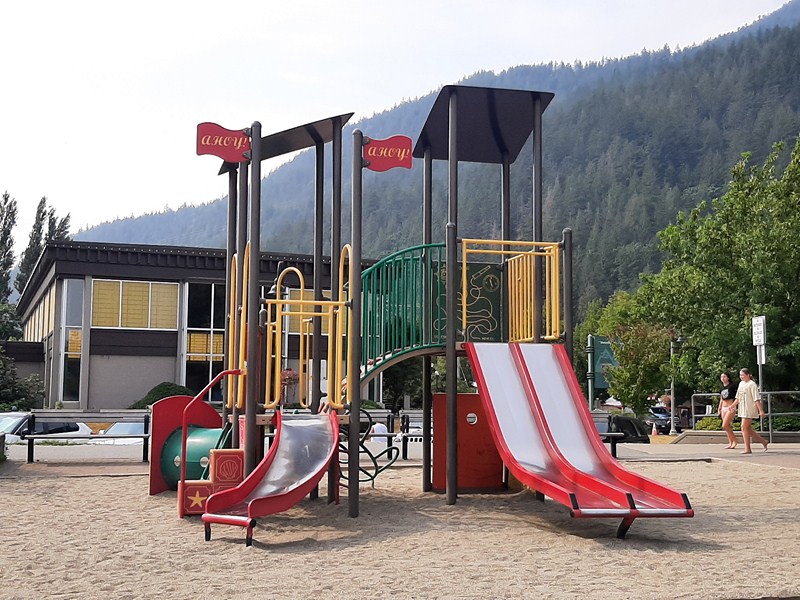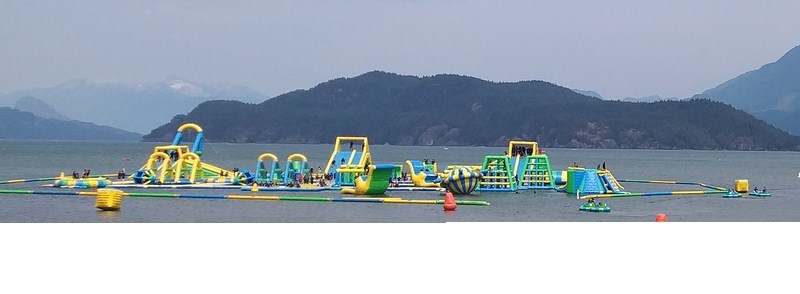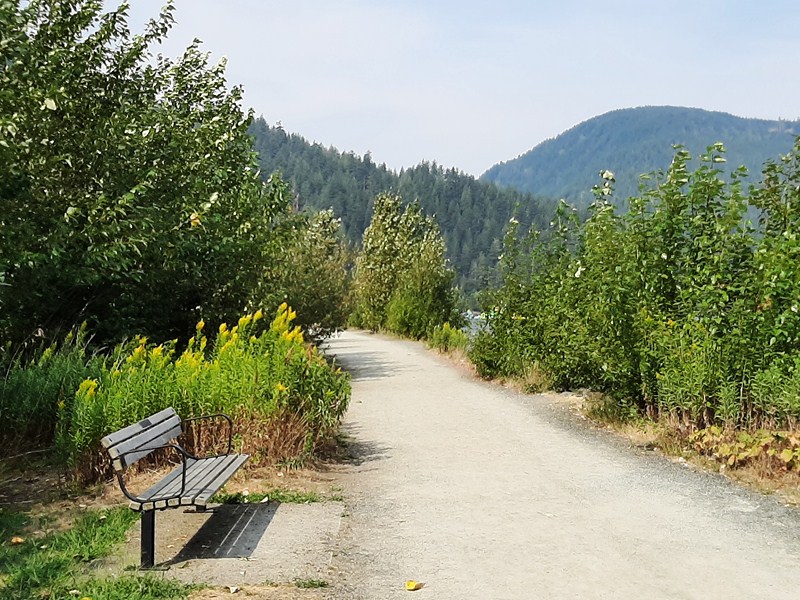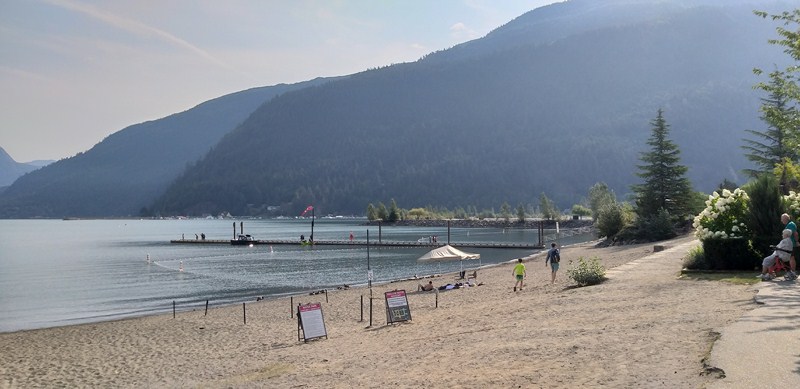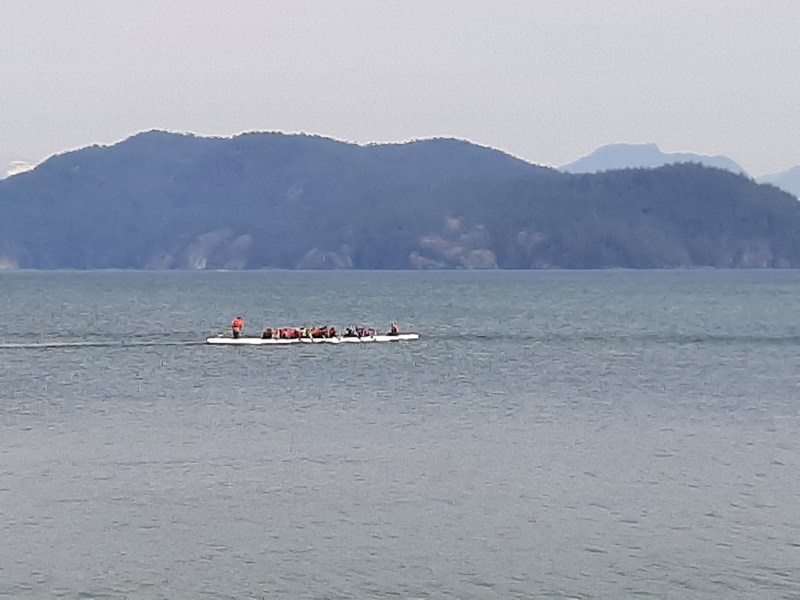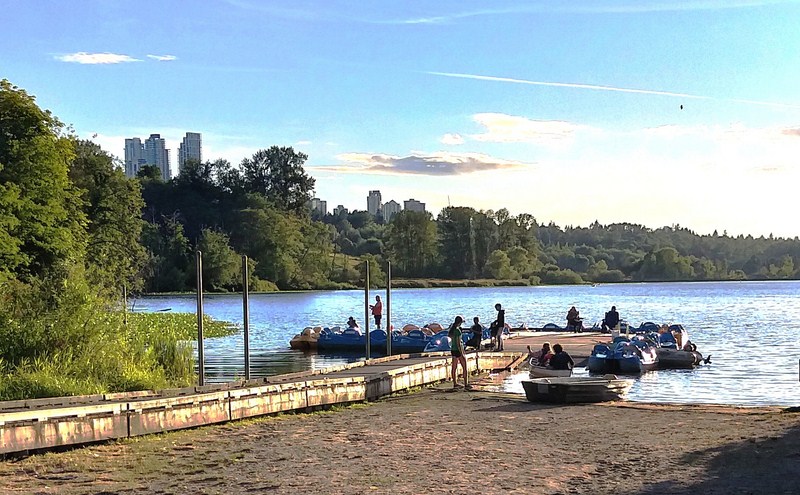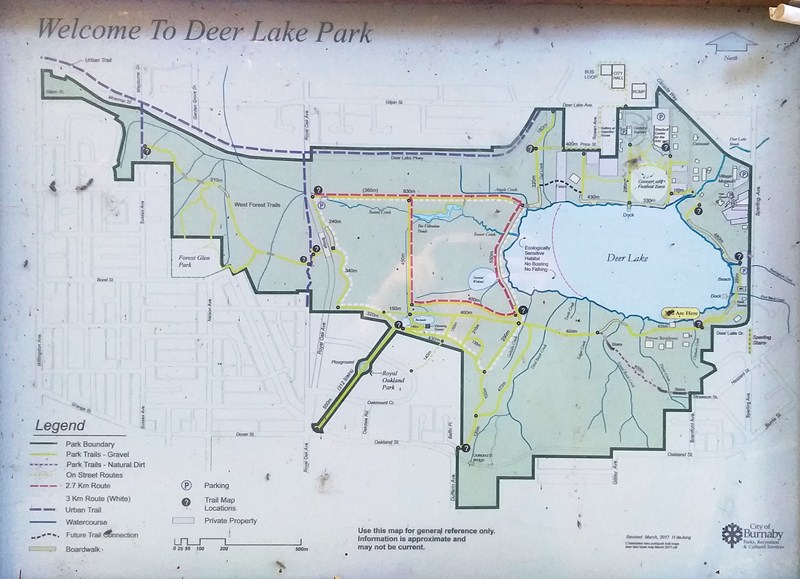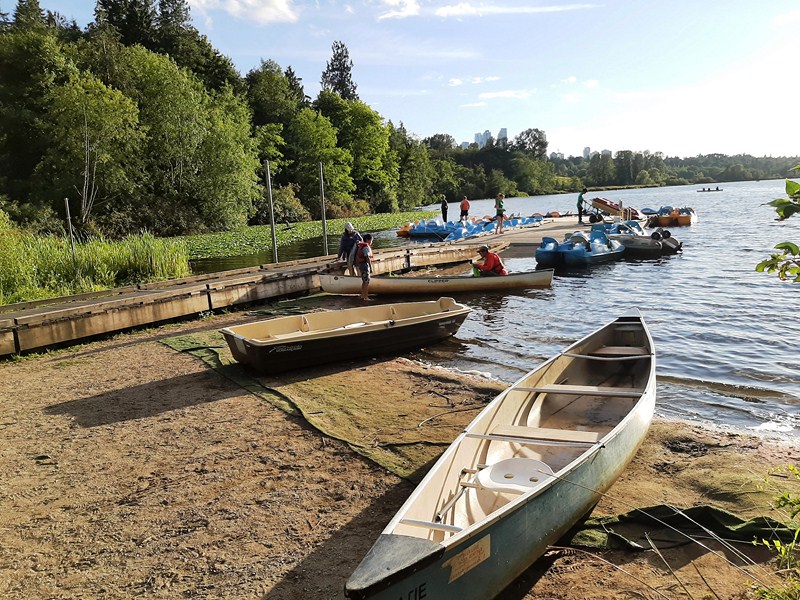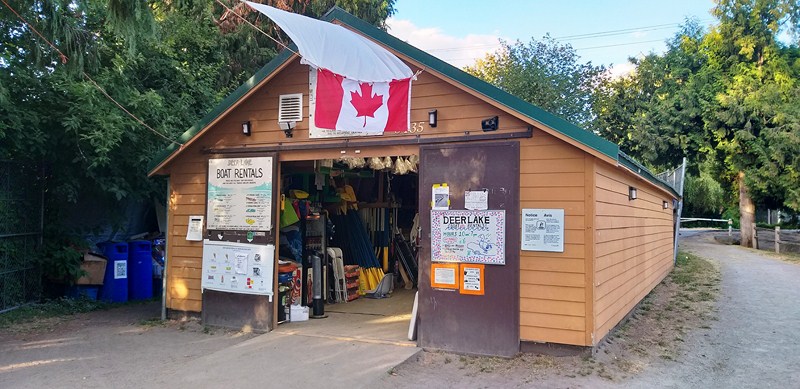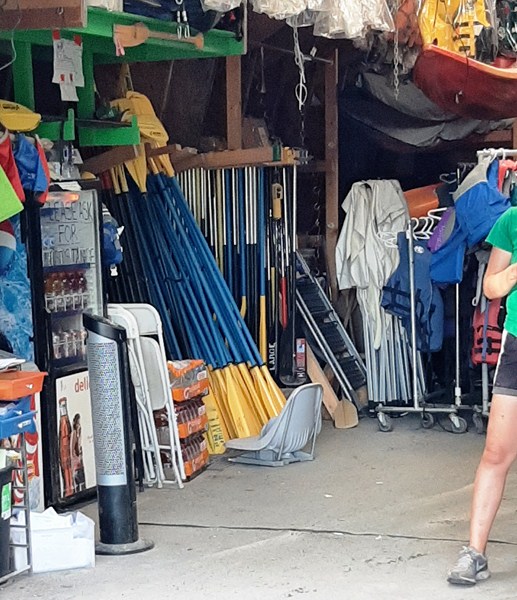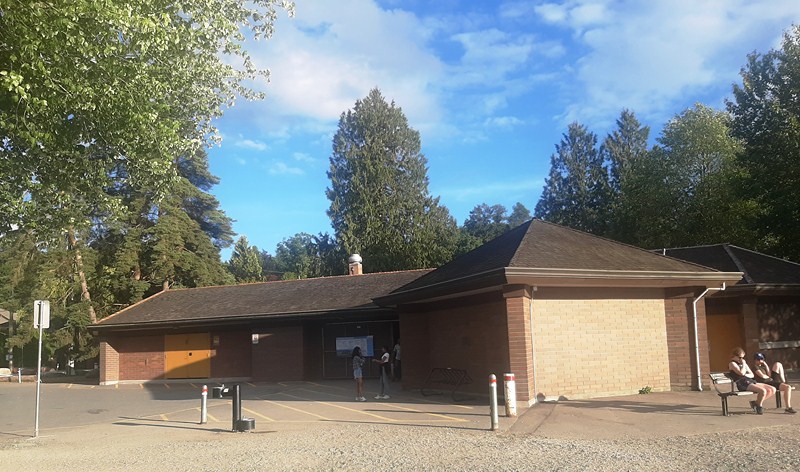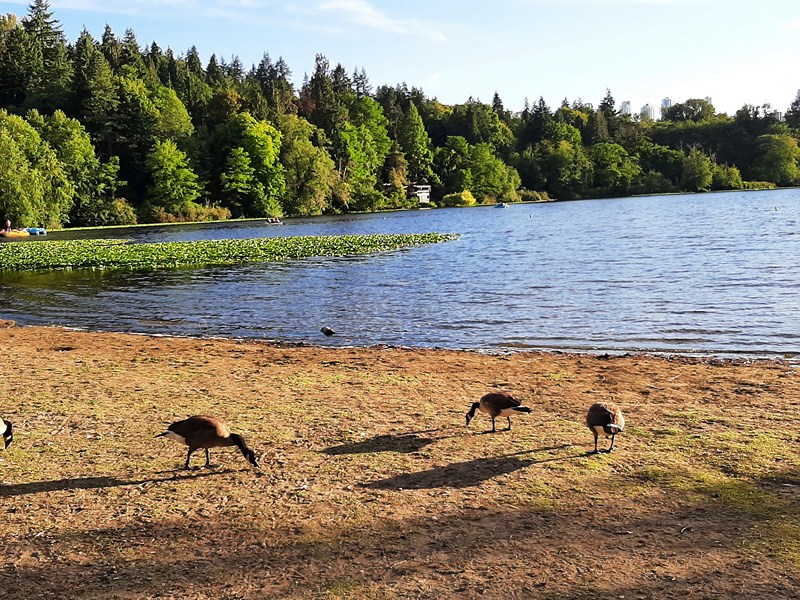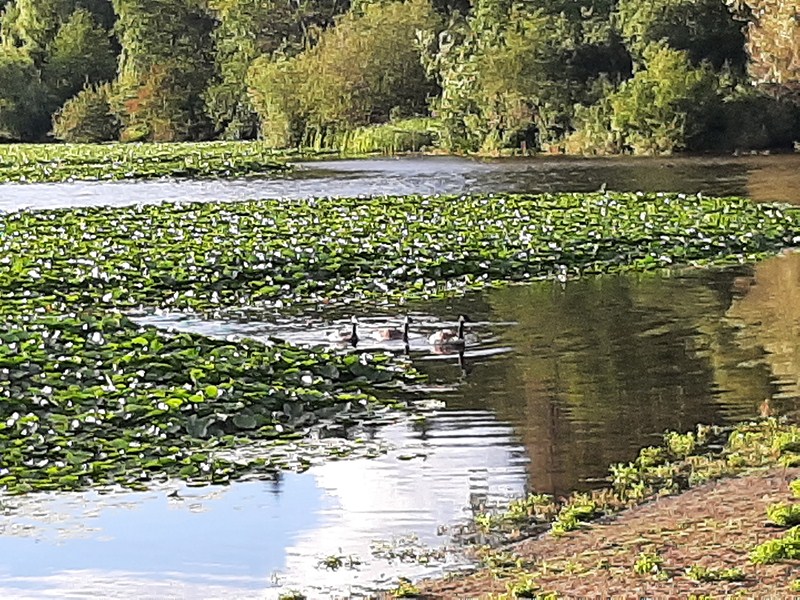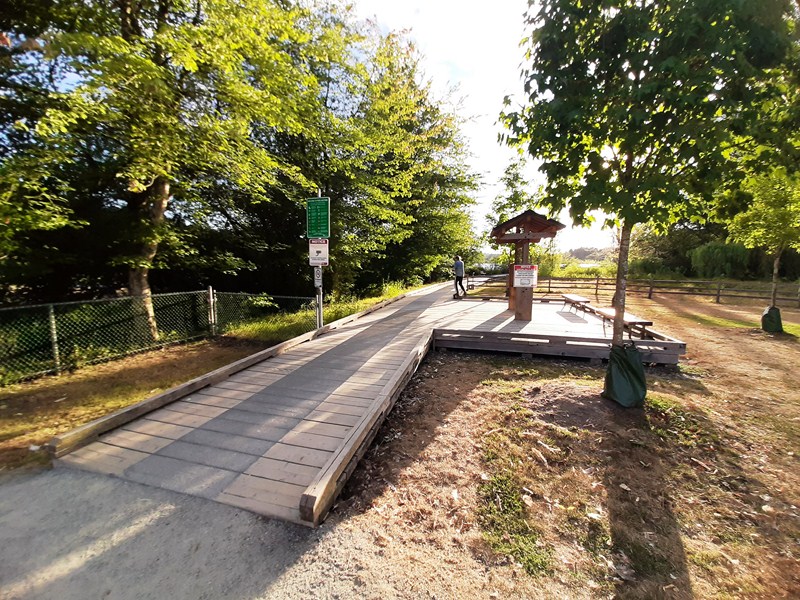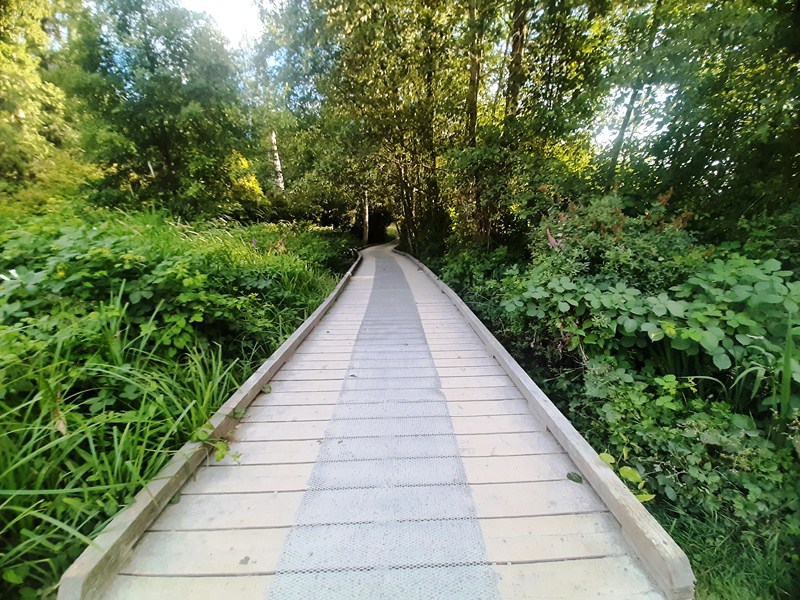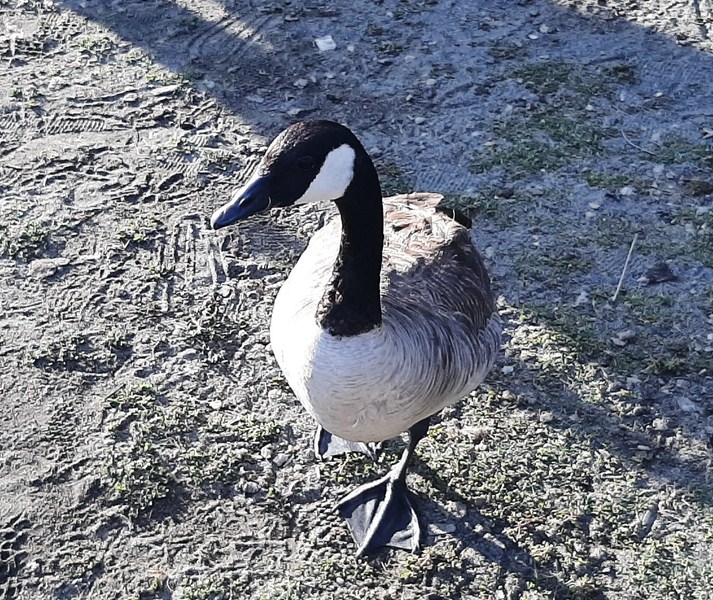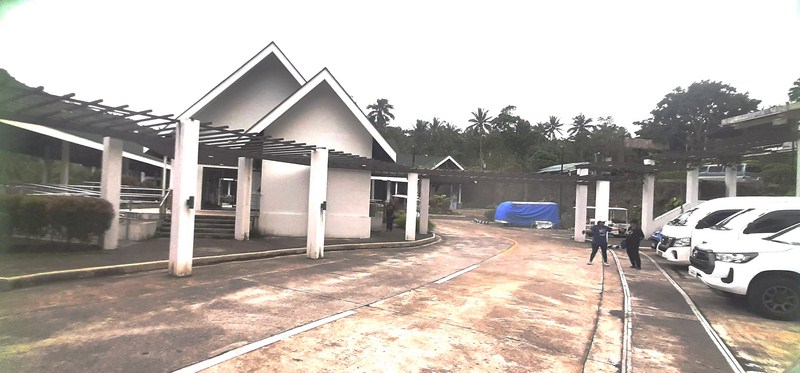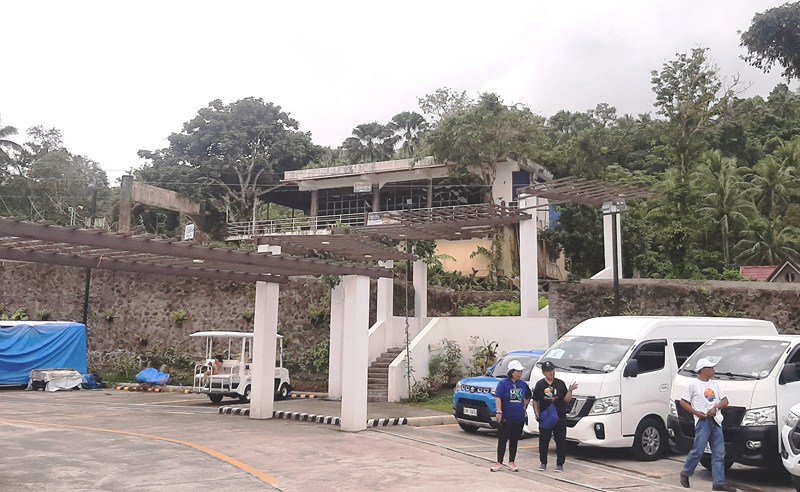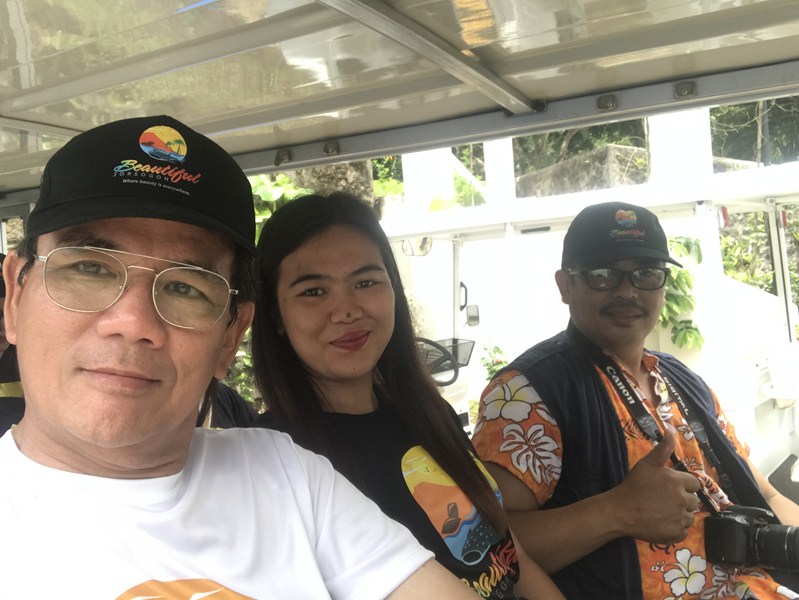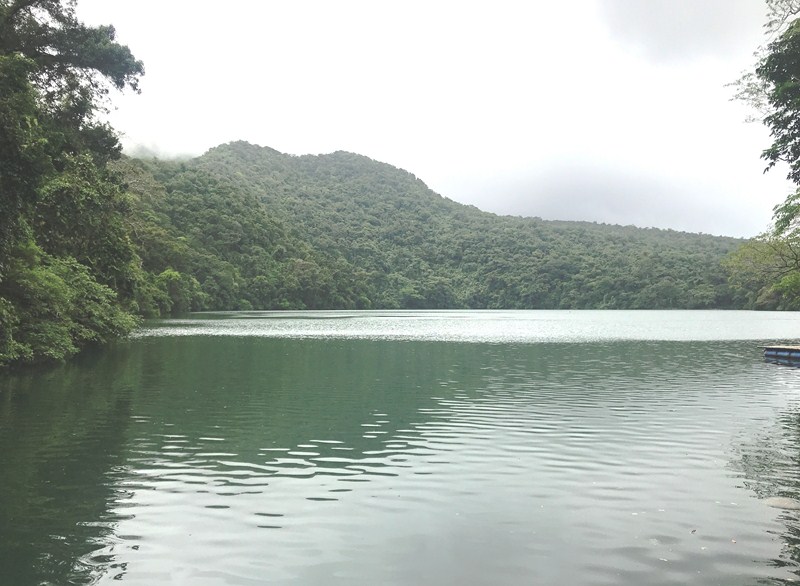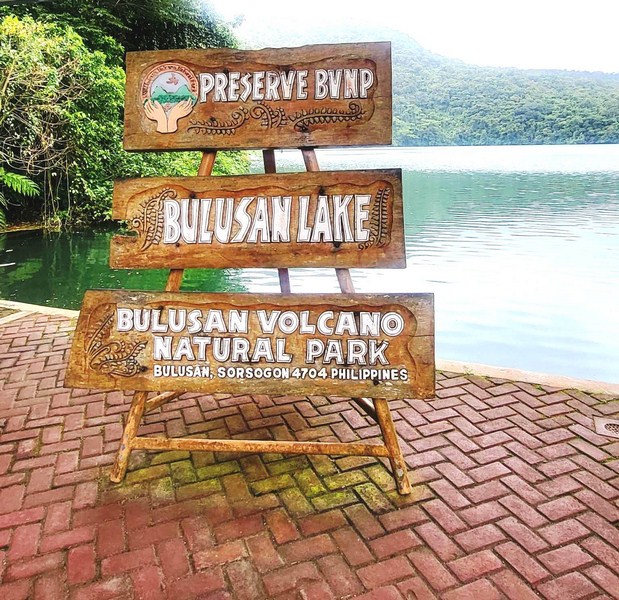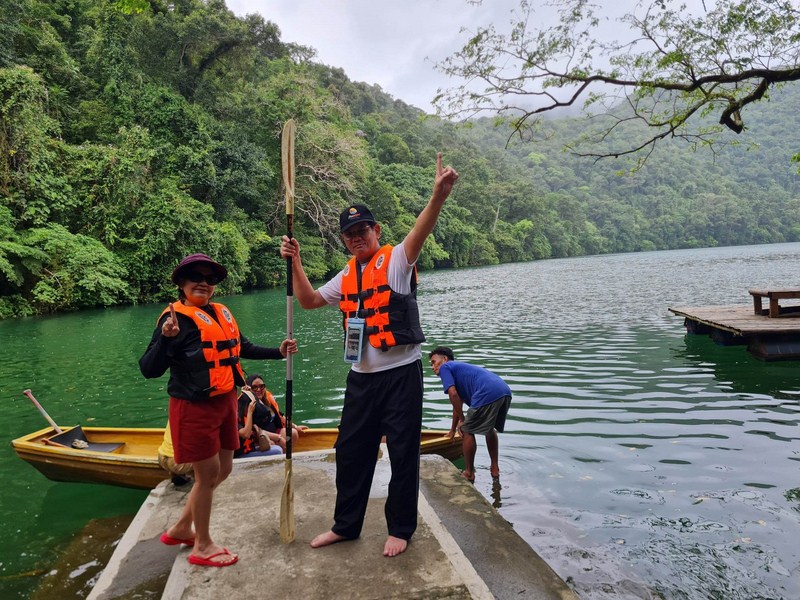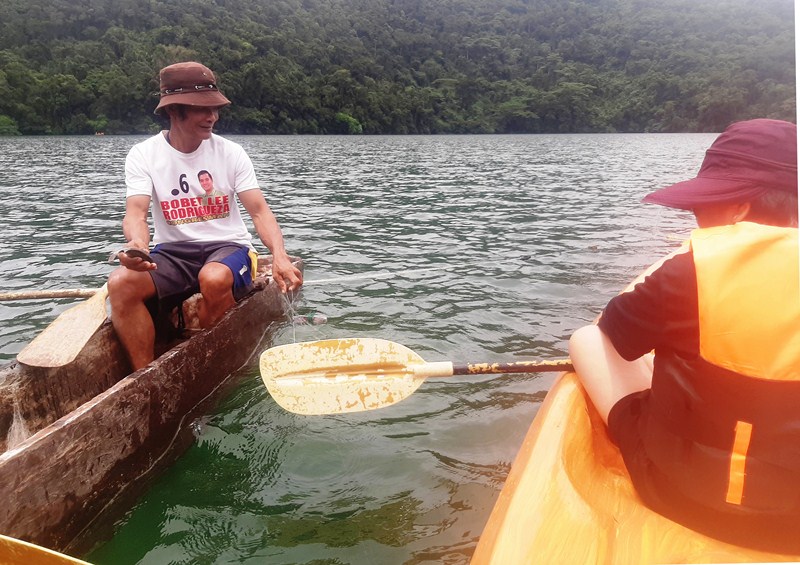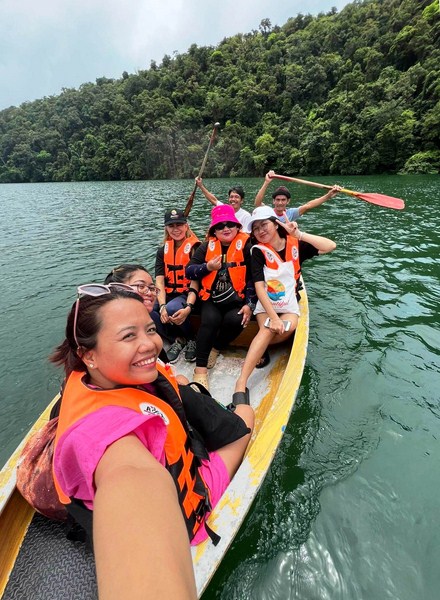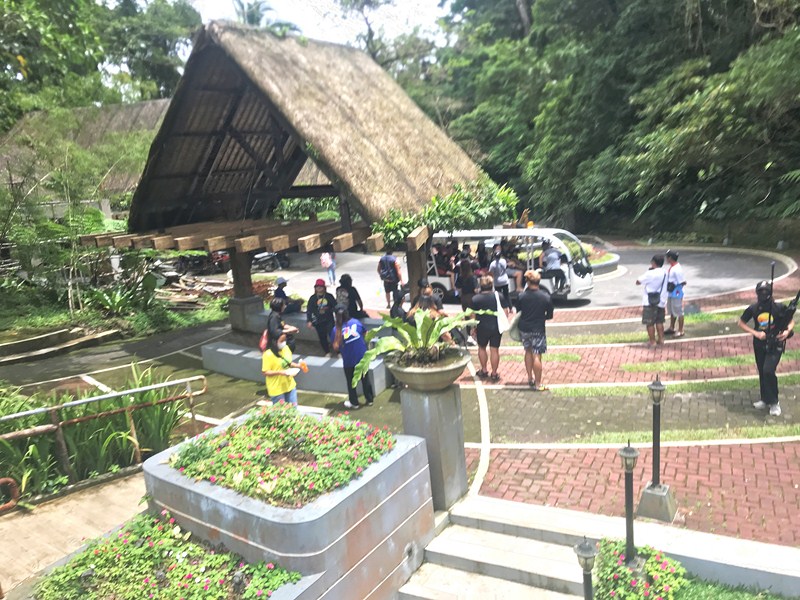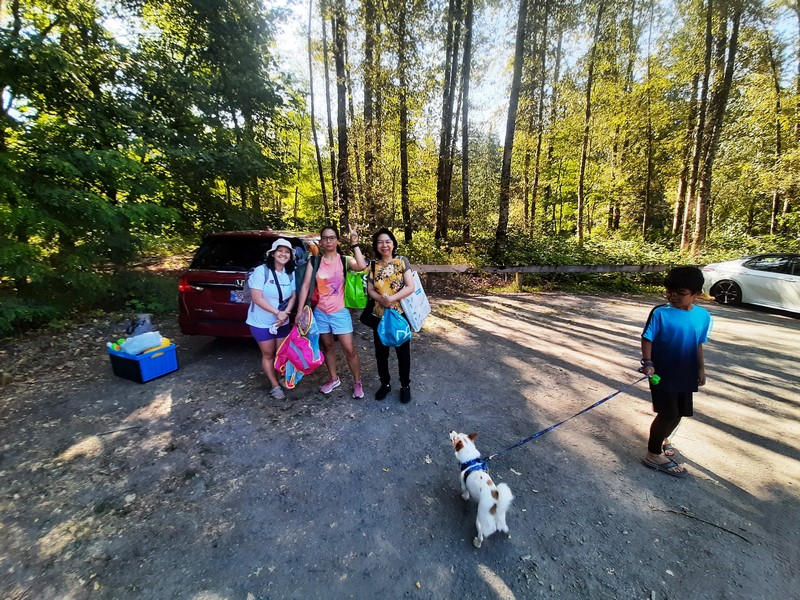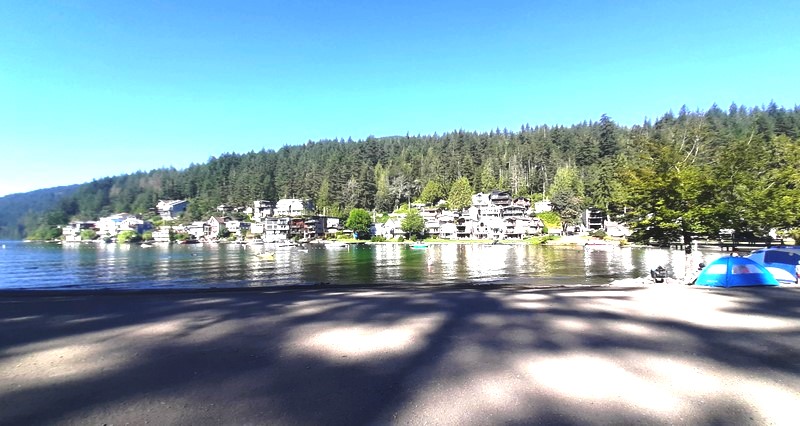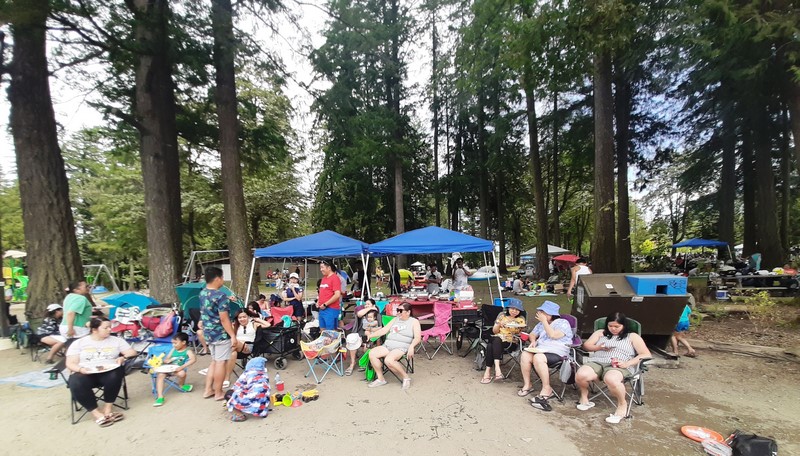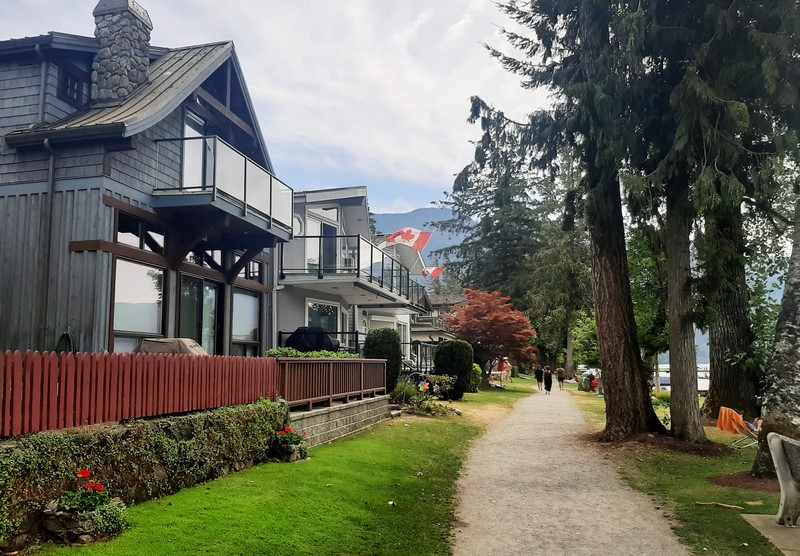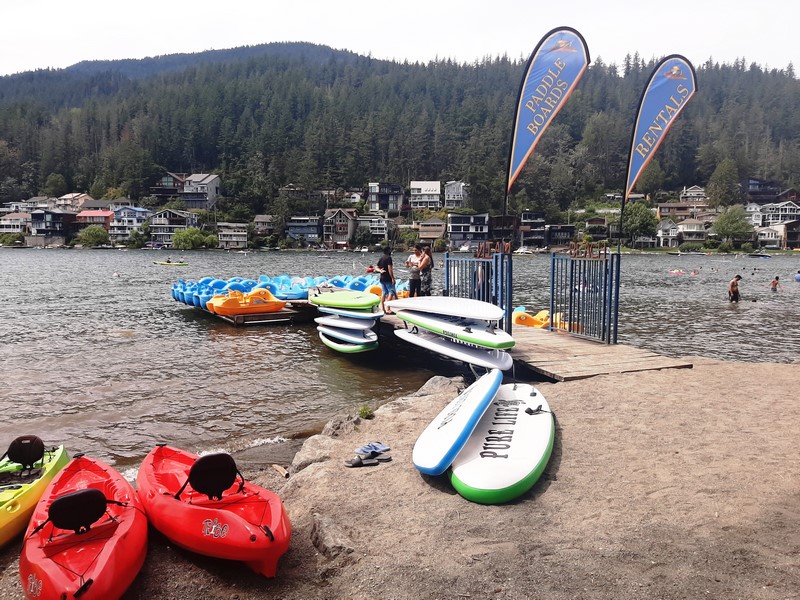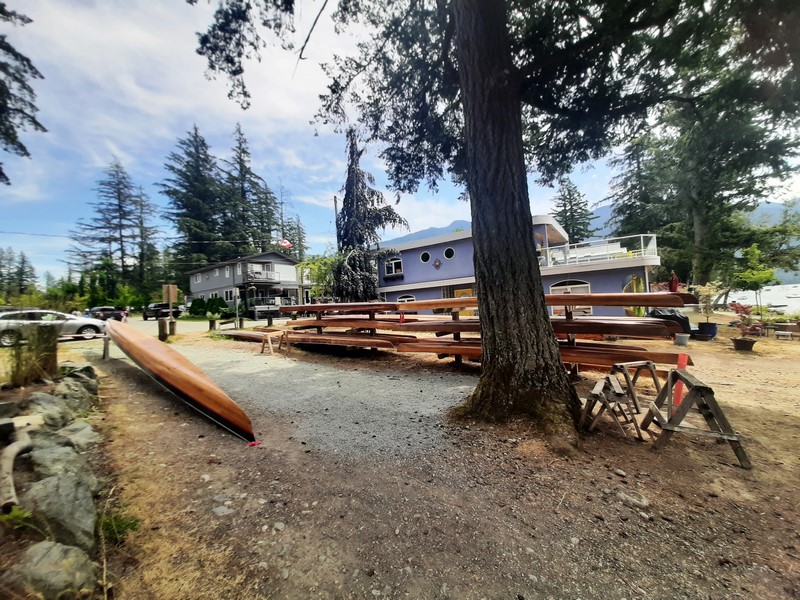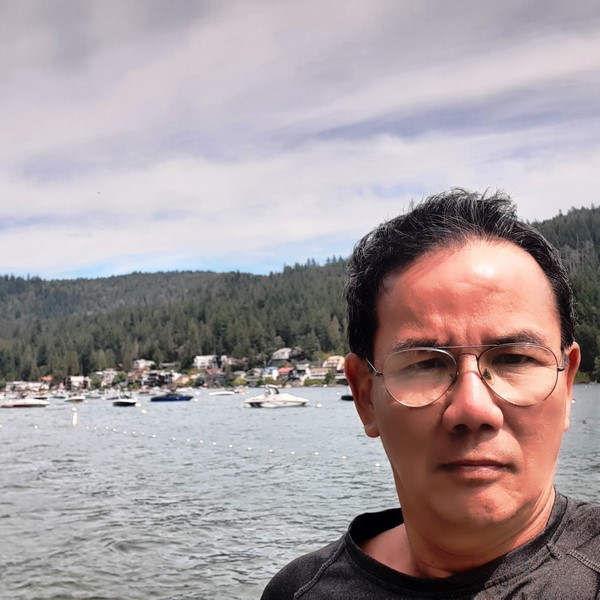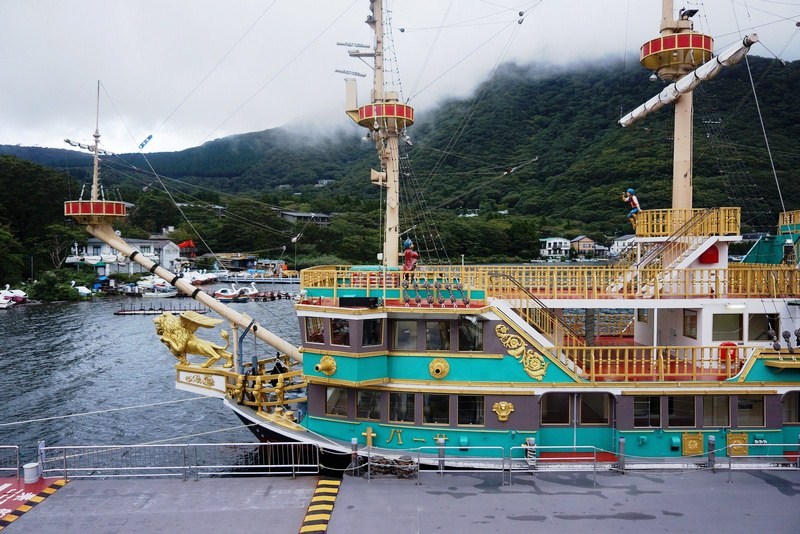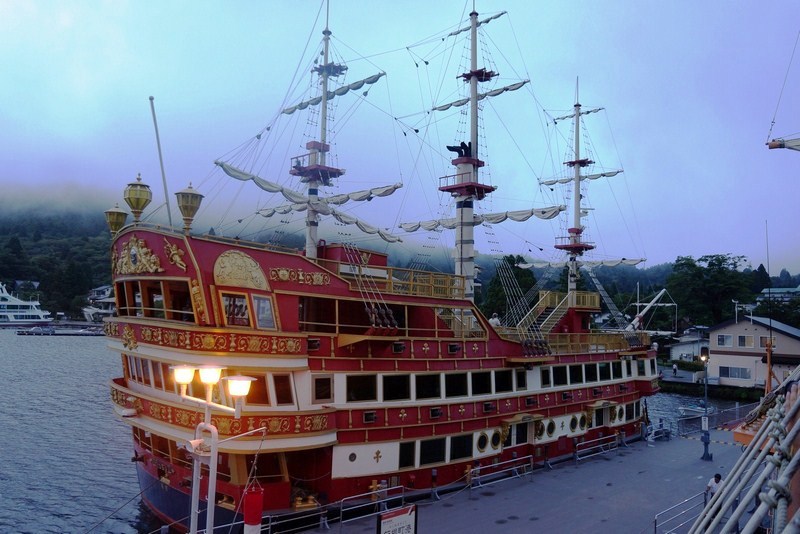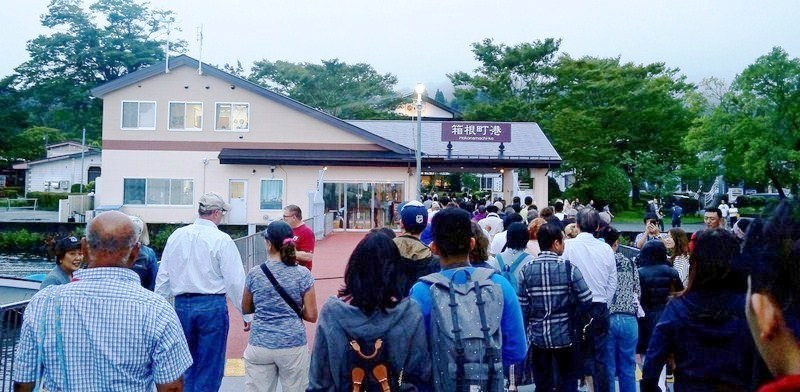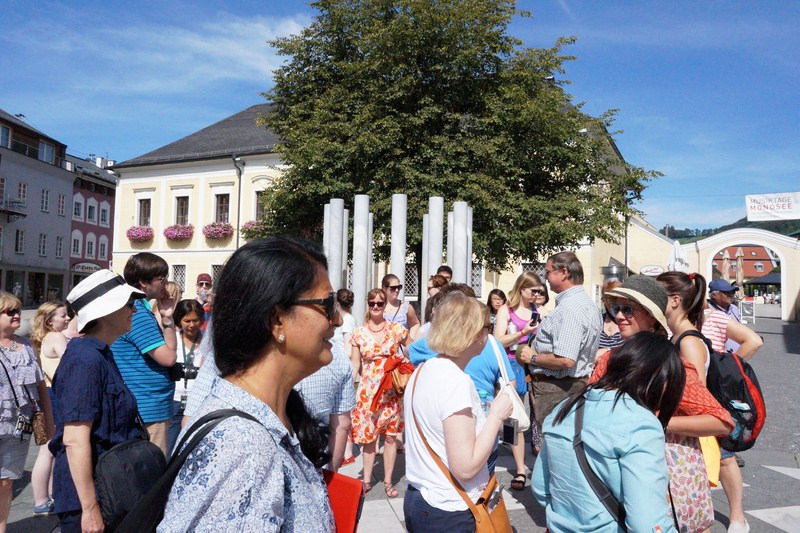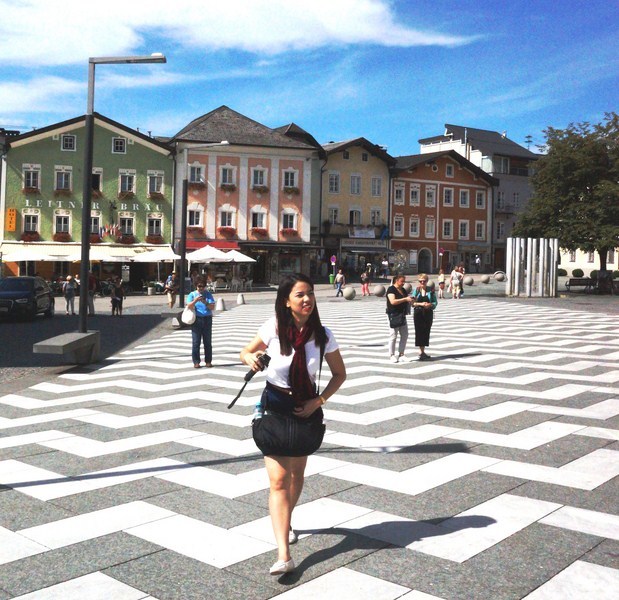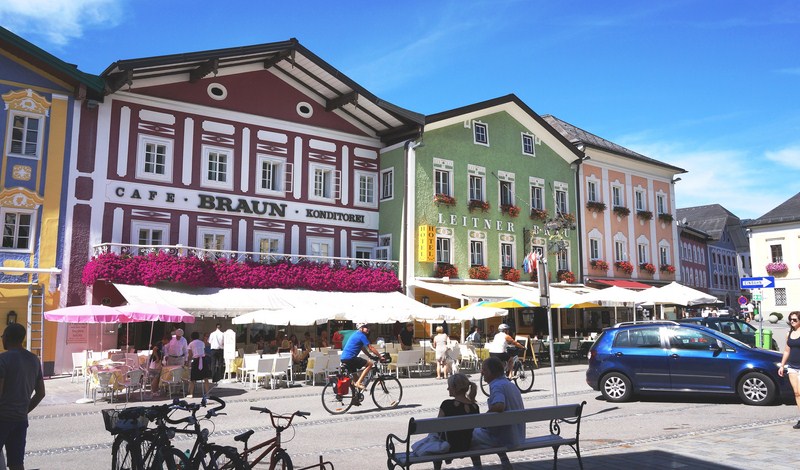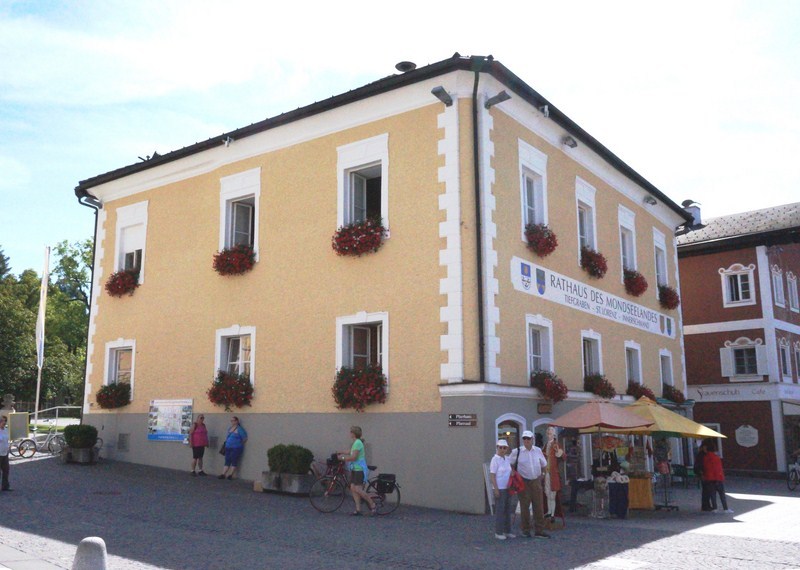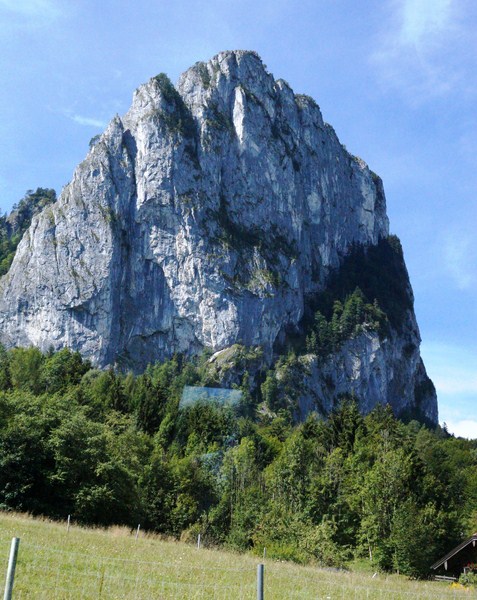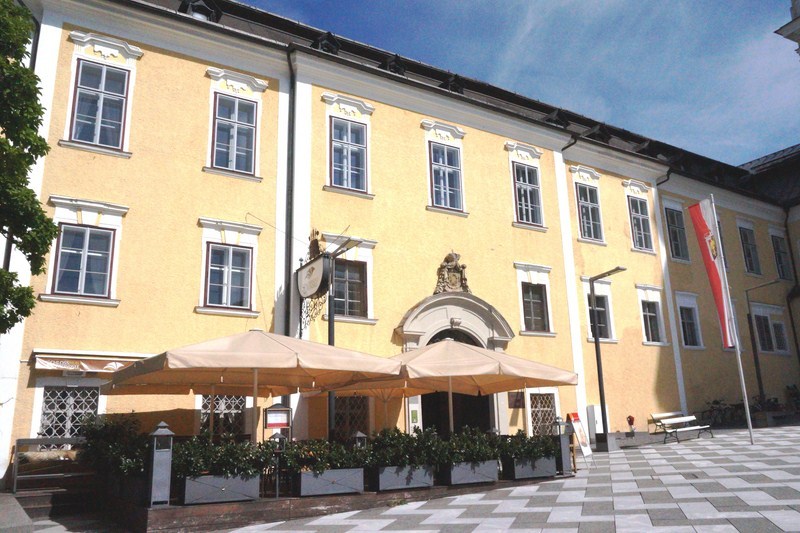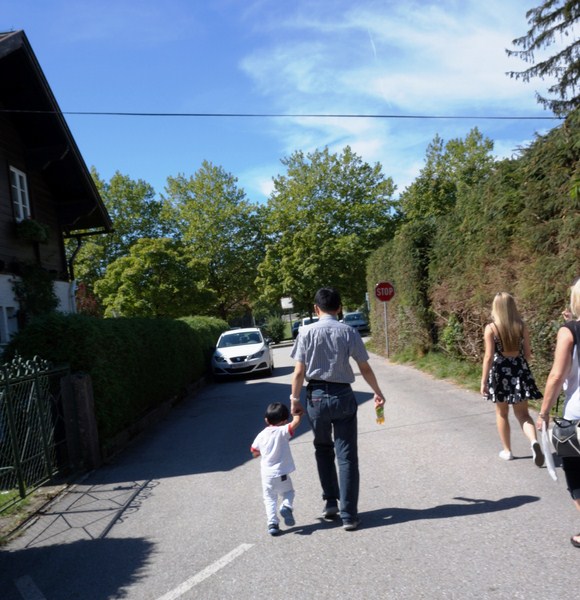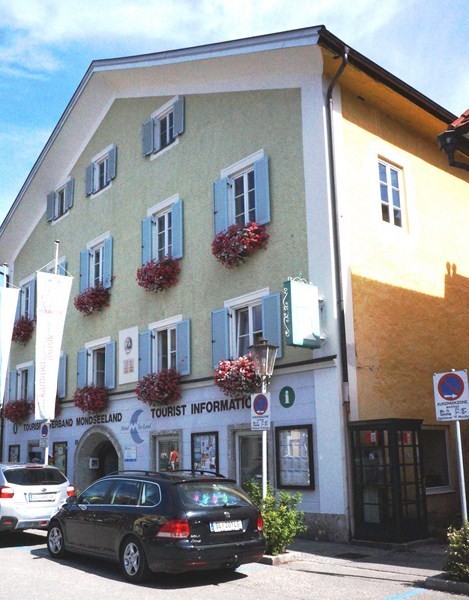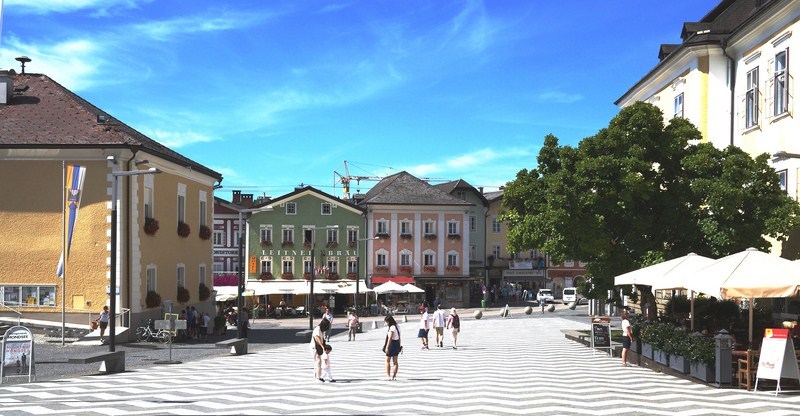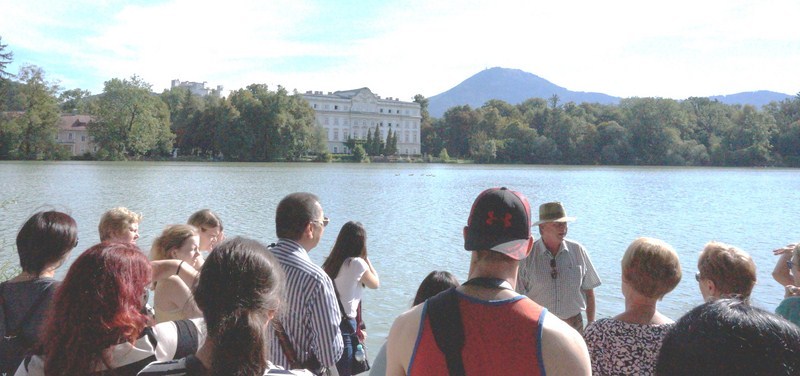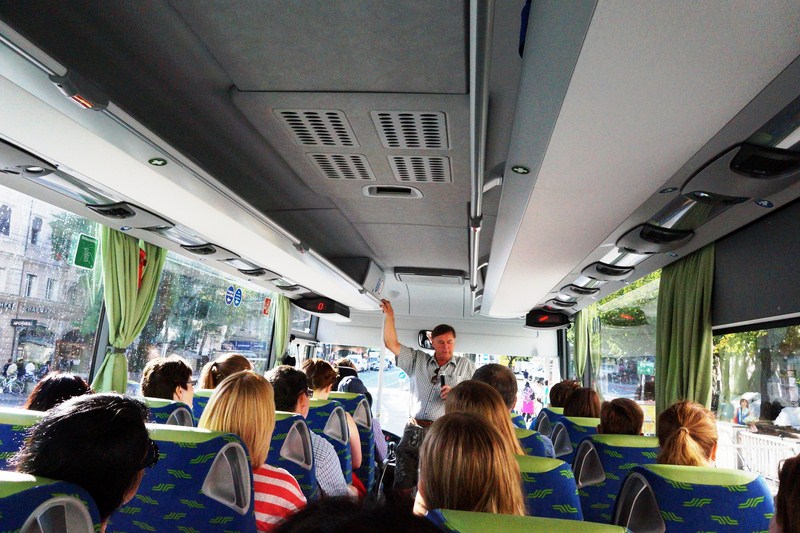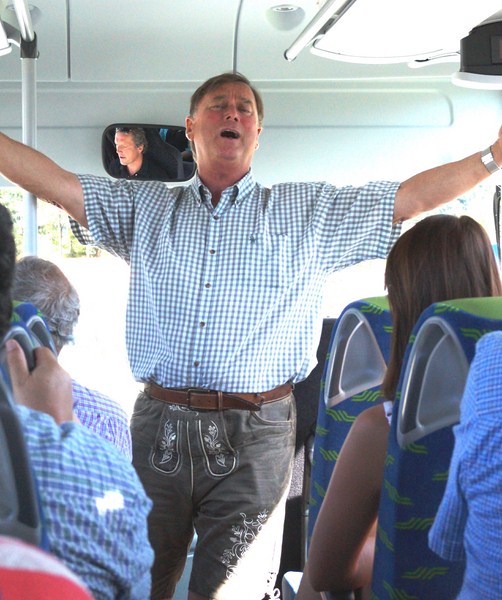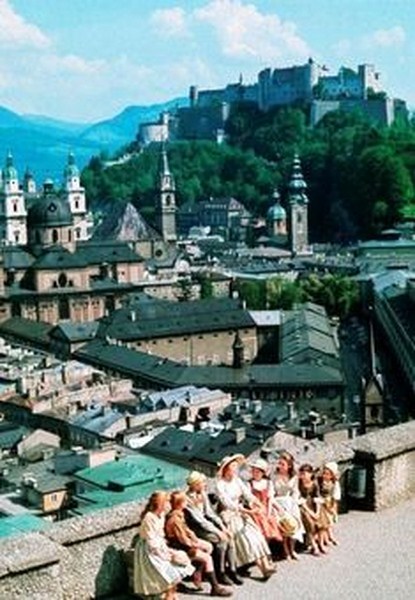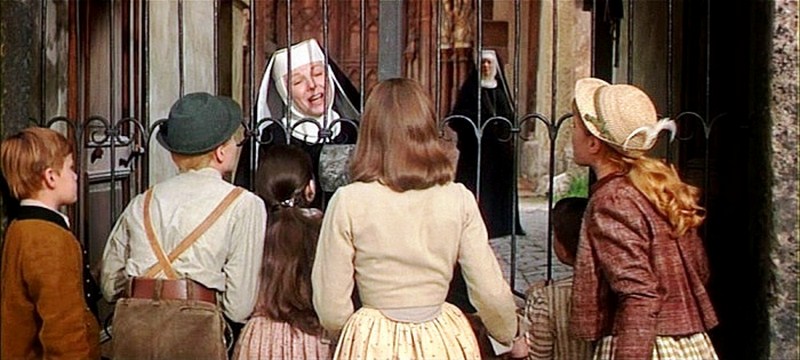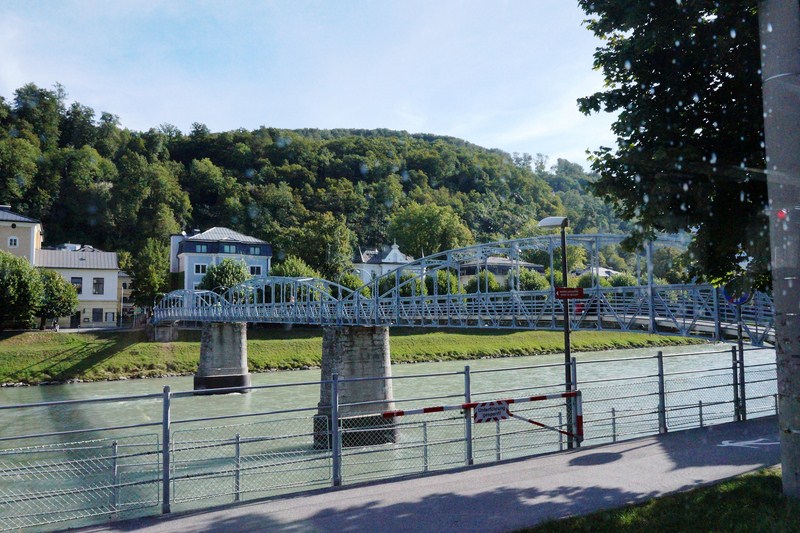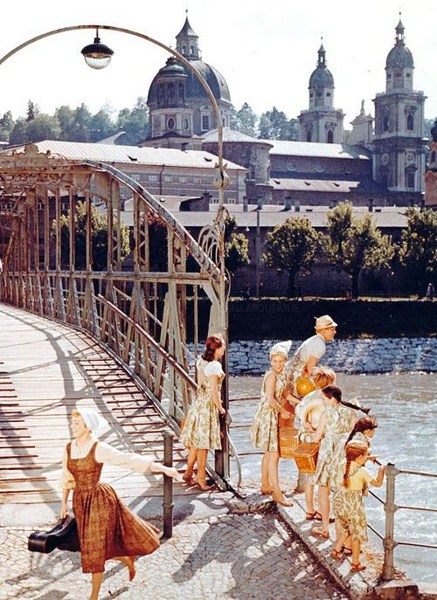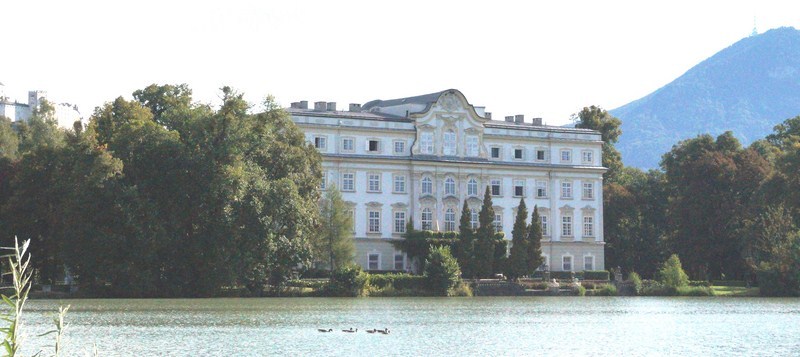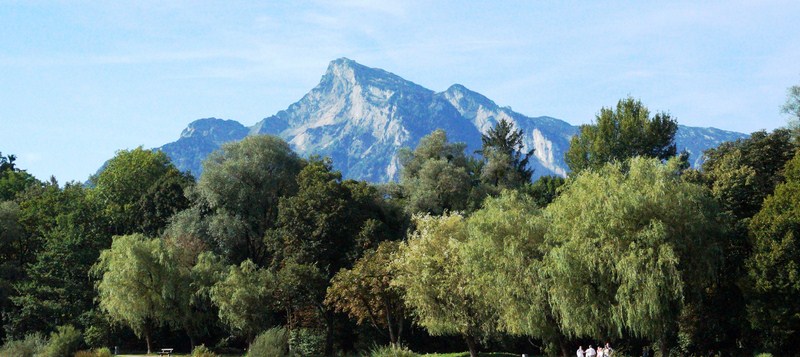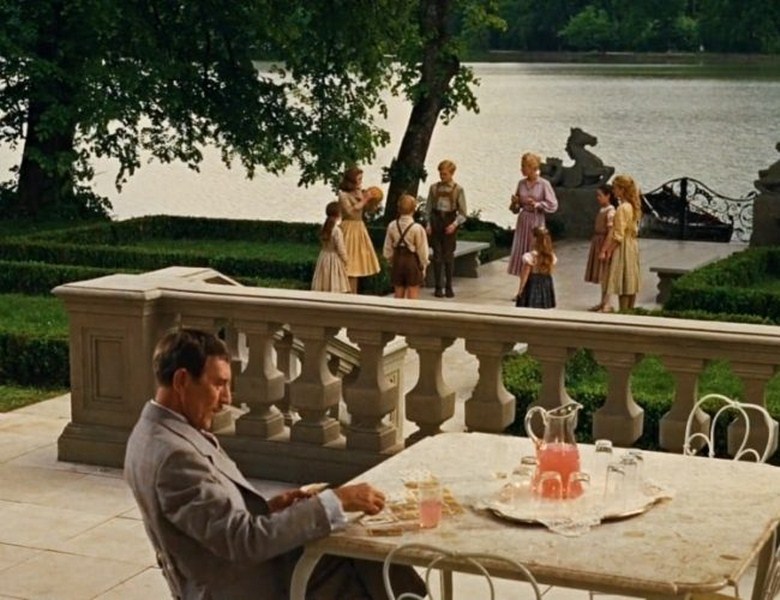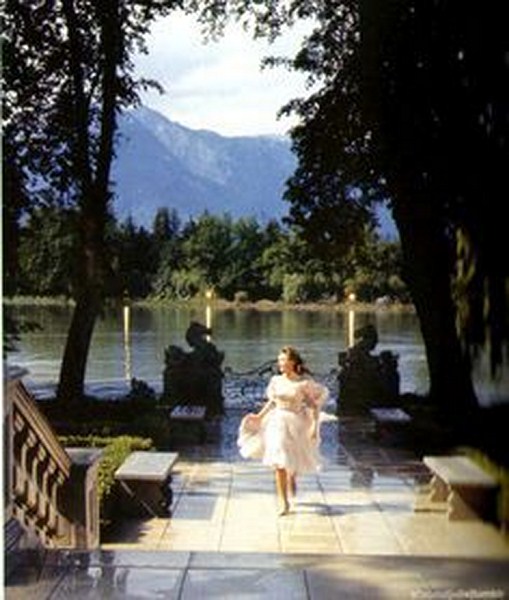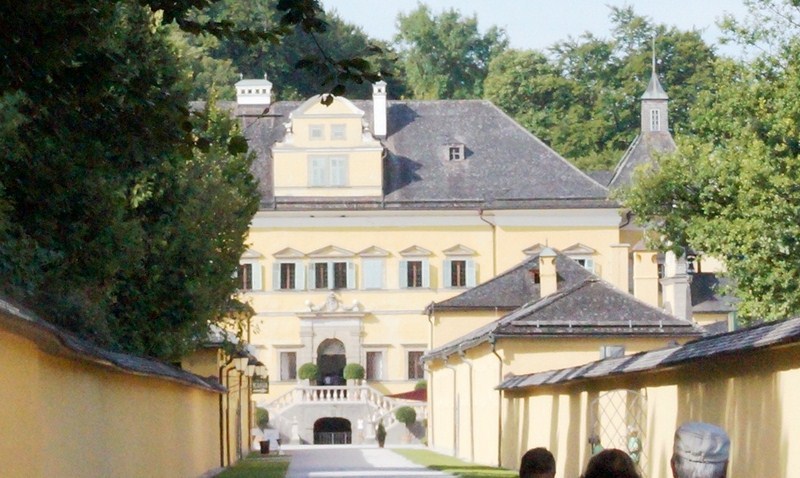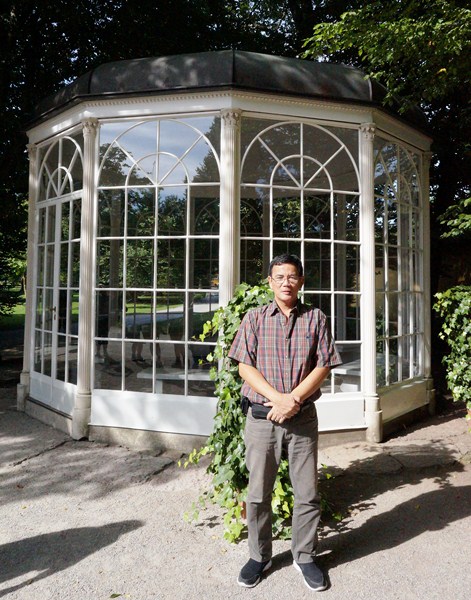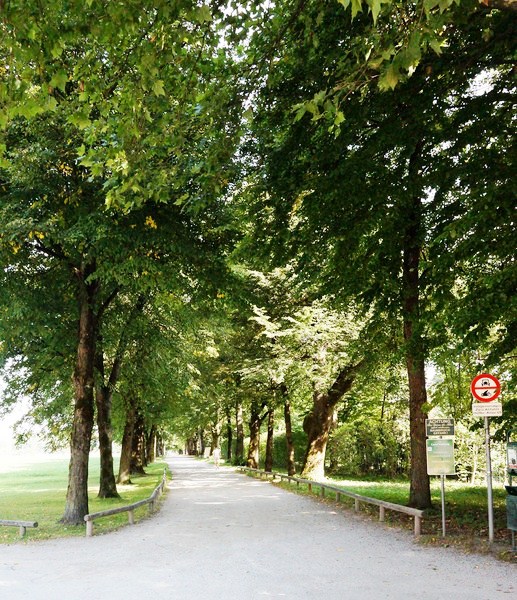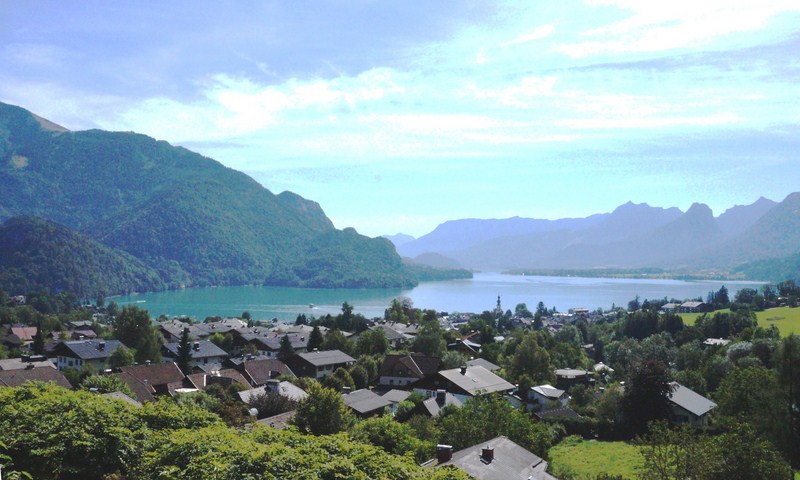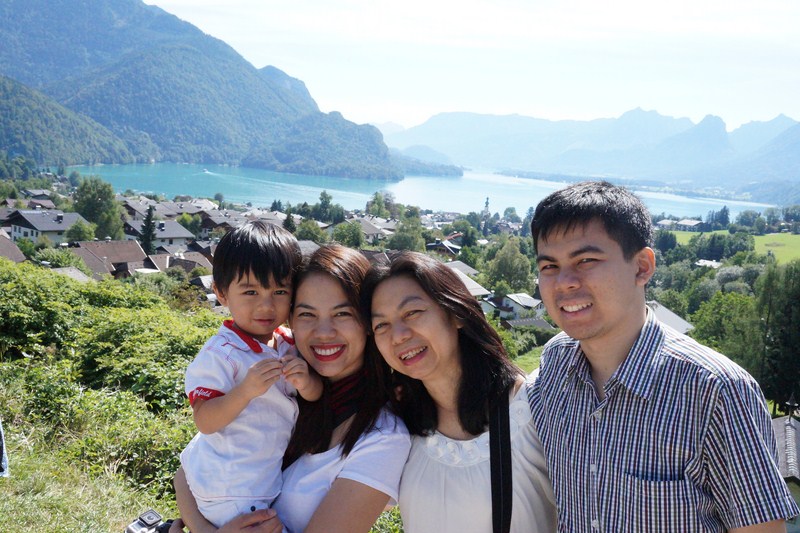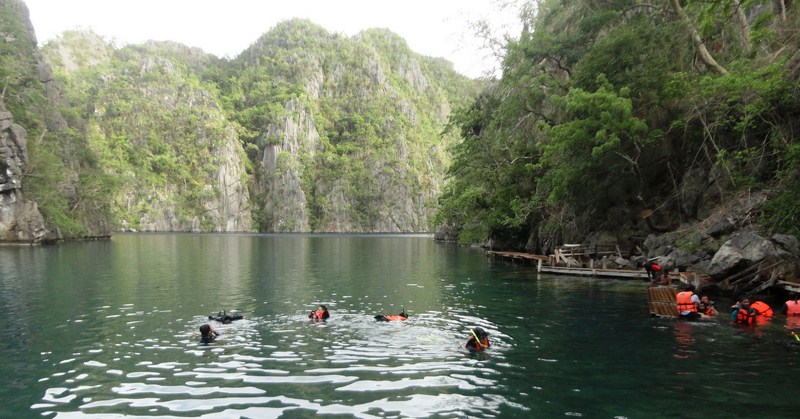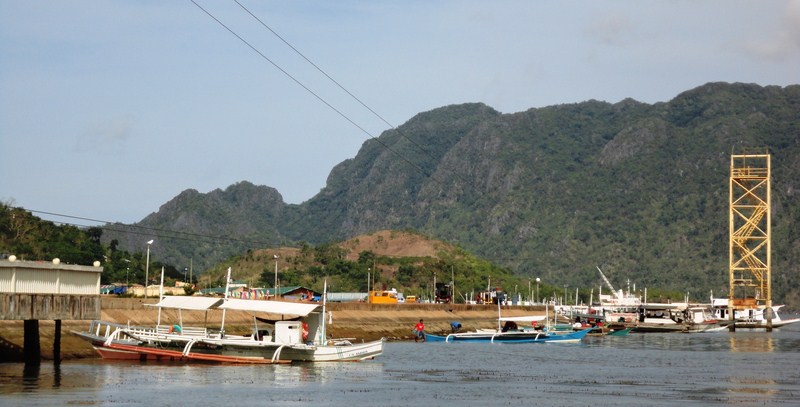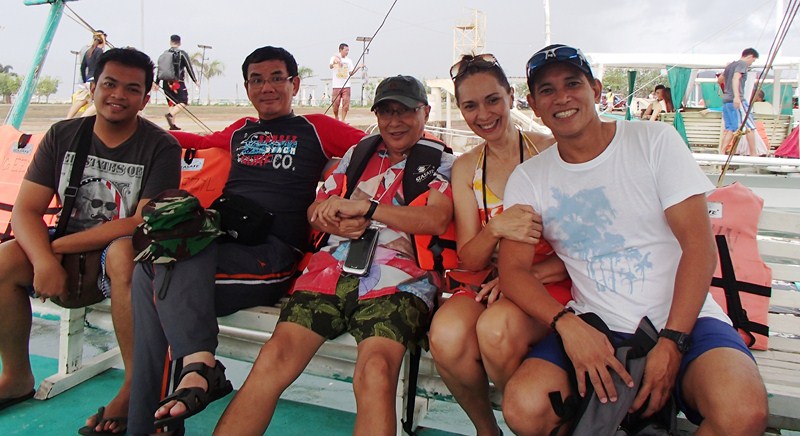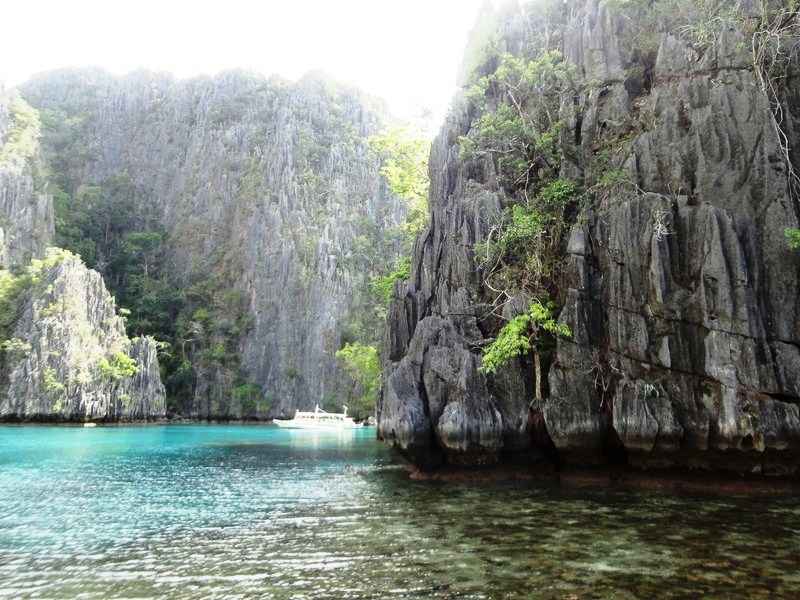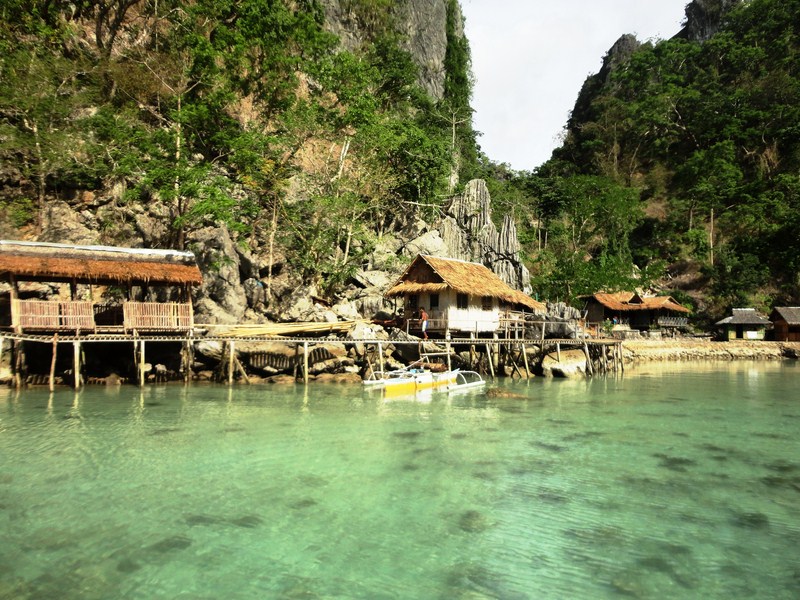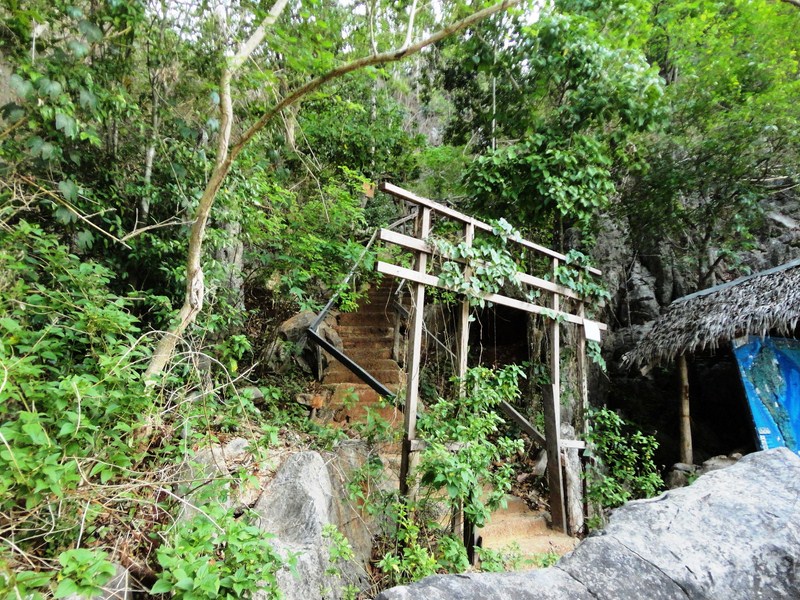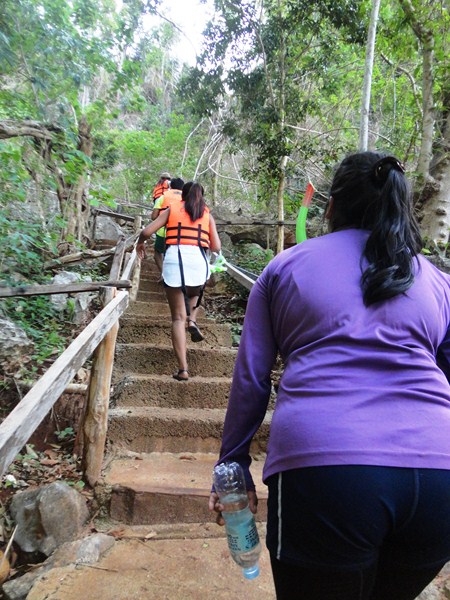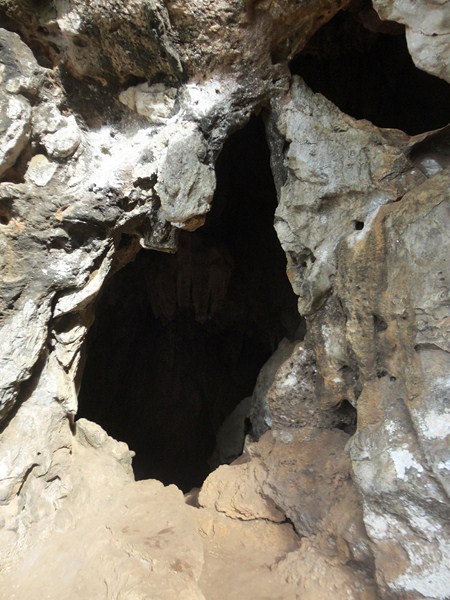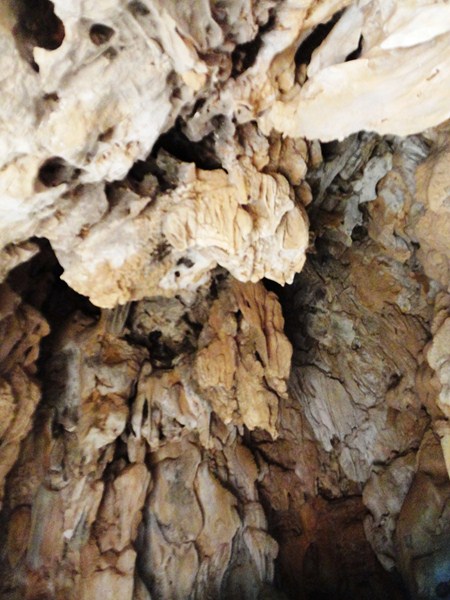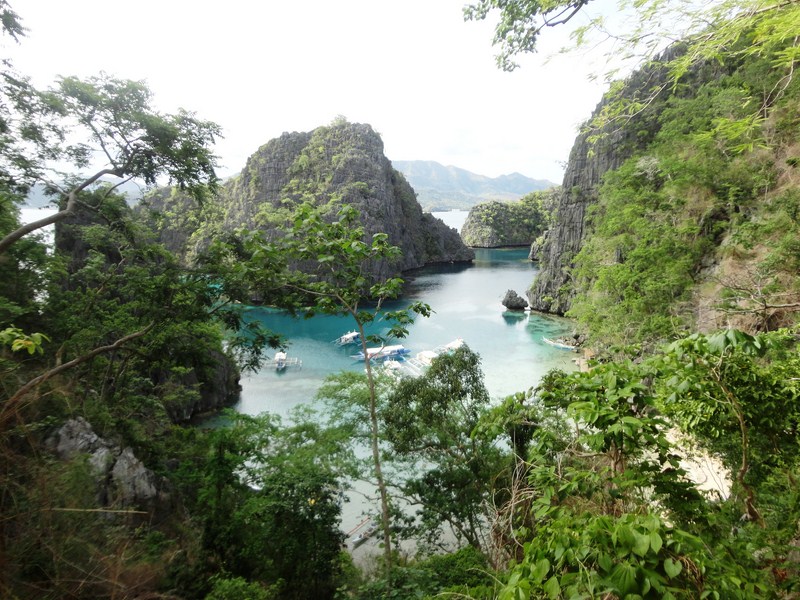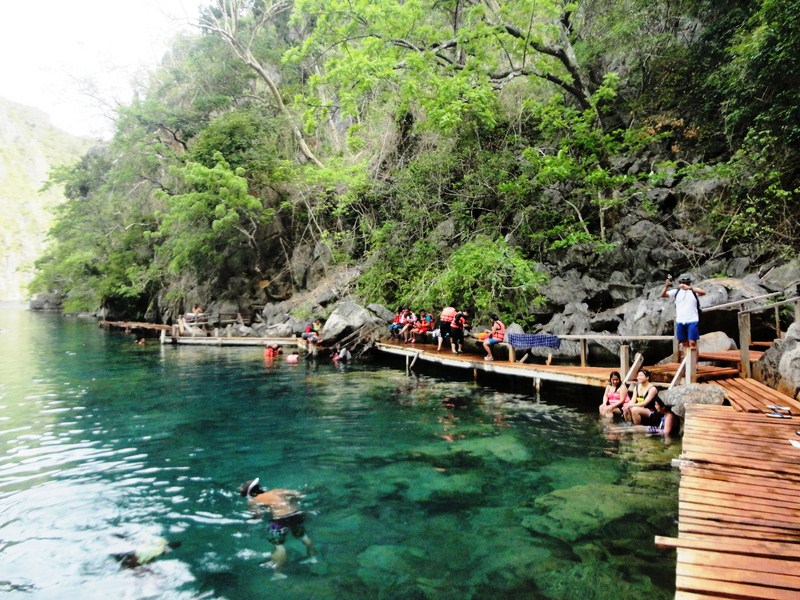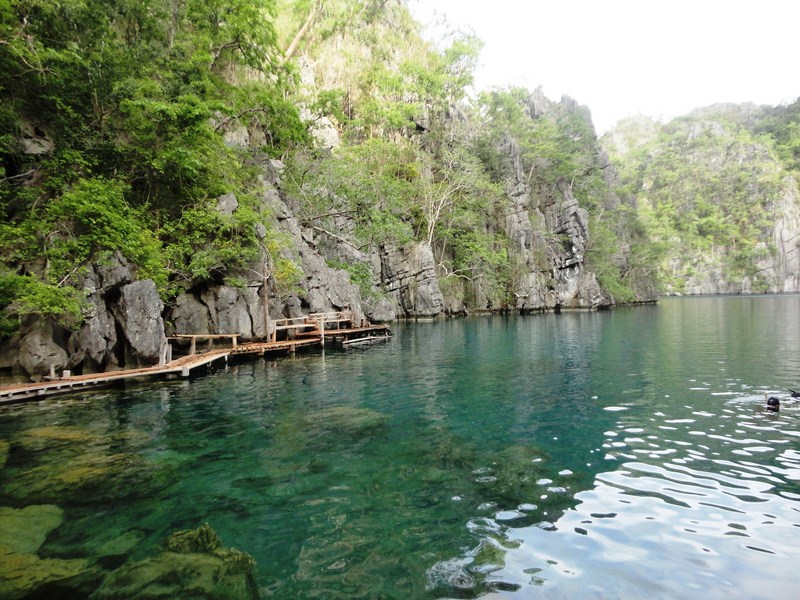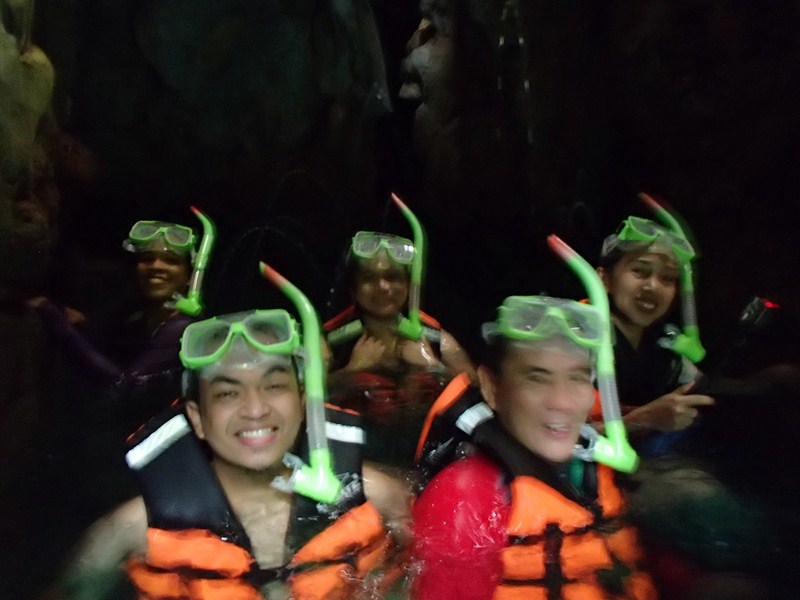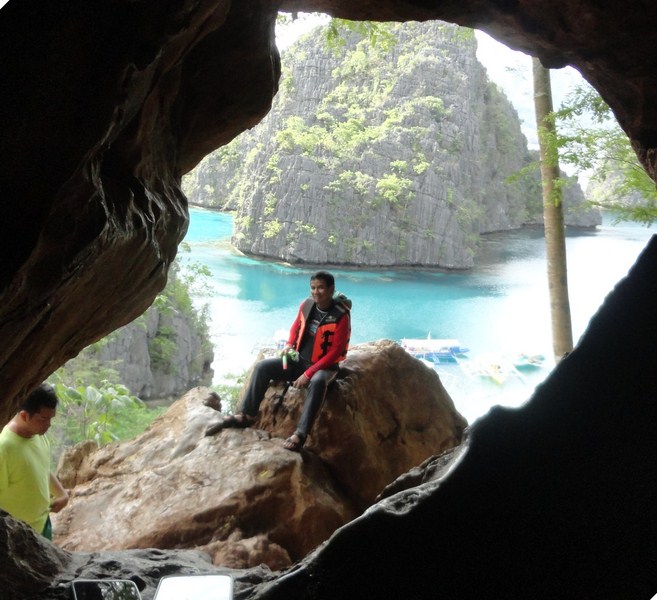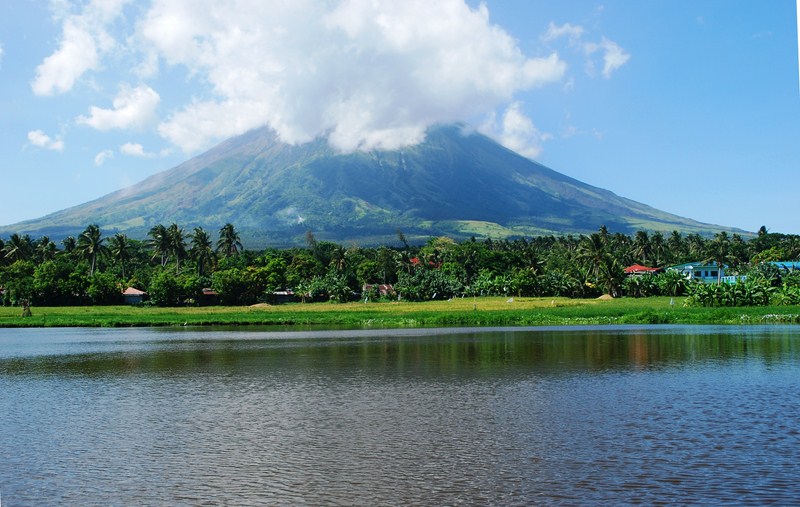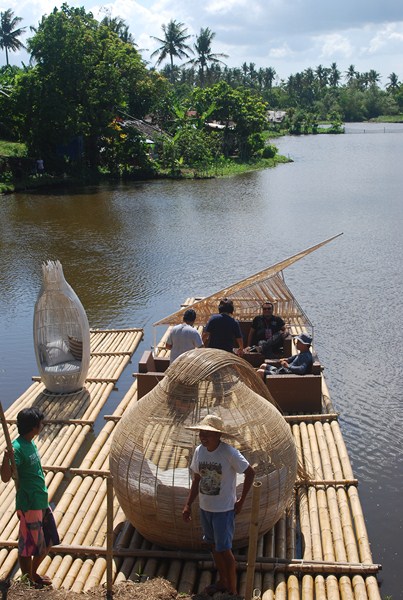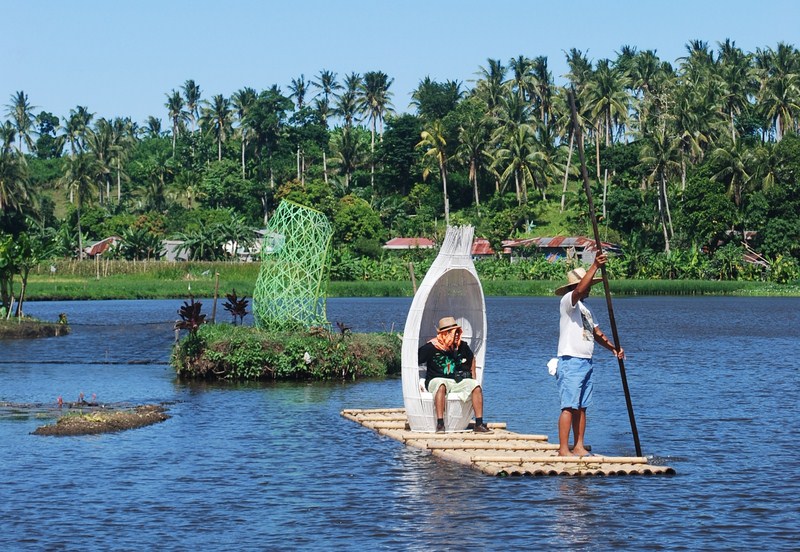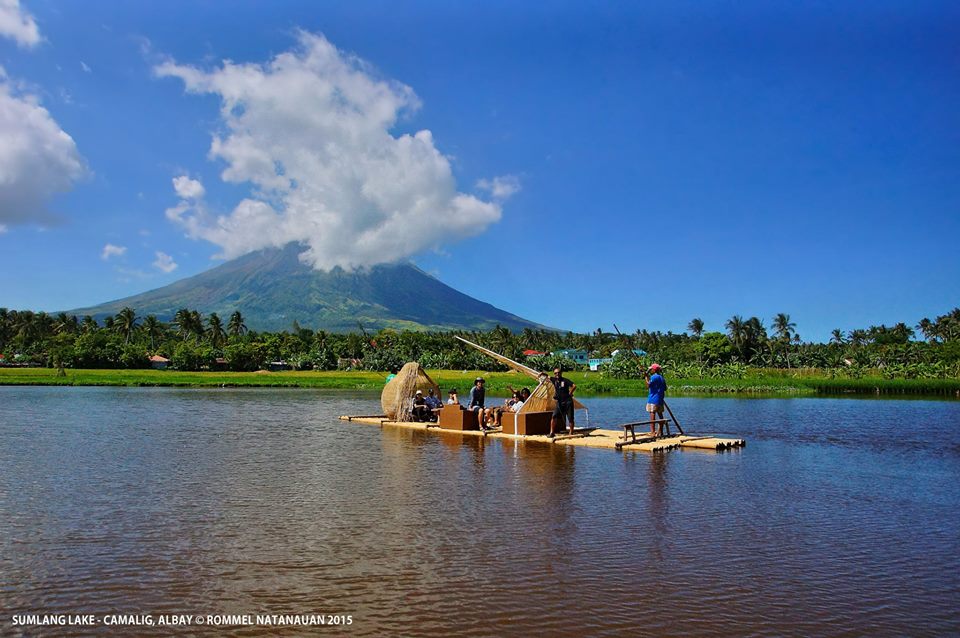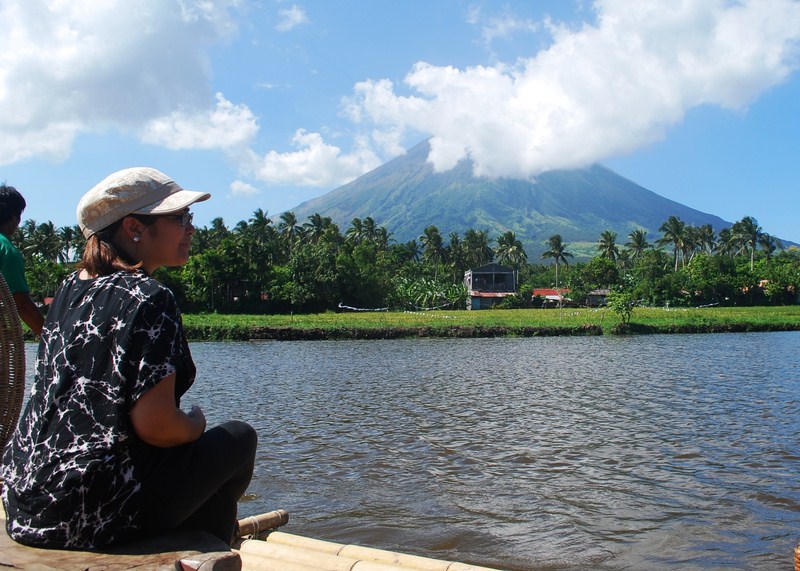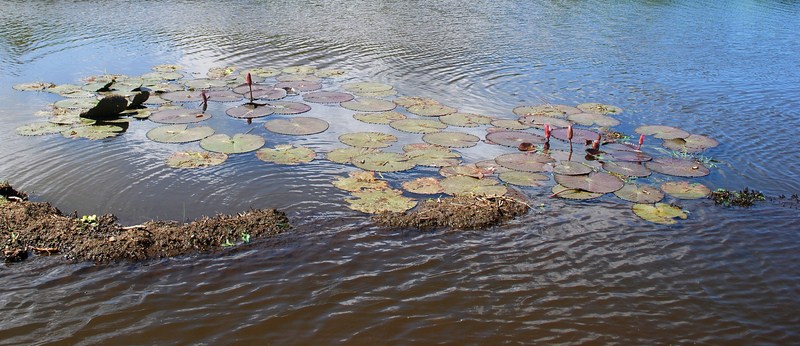On the morning of our 32th day in Vancouver, our whole family drove 122 kms. (a 1.5-hour drive) to the resort community of Harrison Hot Springs, east of downtown Vancouver, were we were to join a relaxing picnic with some Vancouver friends.
It is home to soothing, natural mineral hot springs, a long sandy beach and beautiful Harrison Lake and Lagoon. Both town and lake were named after Benjamin Harrison, a director (later Deputy Governor from 1835 to 1839) of the Hudson’s Bay Company.
Upon arrival, we parked near the Harrison Hot Springs Village promenade, a paved walkway that runs parallel to Esplanade Ave.. It connects the beach, spa resort, retail shops and restaurants.
Along the promenade, we set up our picnic spread at the lakefront Rendall Park, a large grassy field with picnic tables, port-a-potties, barbecue pedestals, colorful gardens and big, old shady trees at the east side of Harrison Village, just past the boat launch.
Located near the Harrison Yacht Club and Ranger Station Art Gallery, the park had good views of Harrison Lagoon and the Marina, on one side, and apartments, condos, hotels and restaurants on the other.
The Public Pool is centrally located at the junction of Hot Springs Road and the Esplanade.
The largest lake in the southern Coast Mountains of Canada, cozy Harrison Lake is located in the beautiful Fraser Valley east of Vancouver. It covers about 218 sq. kms. (84 sq. mi.) in area and is about 60 kms. (37 mi.) in length and, at its widest, almost 9 kms. (5.6 mi.) across. It has a surface elevation of 10 m. (33 ft.), an average depth of 151.4 m. (497 ft.), a maximum depth of 279 m. (915 ft.) and a water volume of 33 sq. kms. (27,000,000 acre⋅ft.).
The lake is the last of a series of large north-south glacial valleys tributary (the others to the west are the Chehalis, Stave, Alouette, Pitt, and Coquitlam Rivers) to the Fraser along its north bank east of Vancouver, British Columbia. East of the lake are the Lillooet Ranges while to the west are the Douglas Ranges.
During the busy summer season, Harrison Lake is popular its beautiful sandy beaches along with picturesque parks, swim areas, playgrounds, beach volleyball and a wide variety of water activities (boating, kayaking, canoeing, stand up paddle boarding, windsurfing, jetskiing, sailing, etc.) situated along the beach (or you can just hanging out in the water and on the sand).
There’s also an amazing inflatable water playground (Harrison Watersports), with its trampolines and bumper boats, out in the lake that’s open (for a fee). A glacier-fed lake, Harrison Lake can be very cold. There are no lifeguards on any of the beaches in Harrison Hot Springs.
Harrison Lagoon (on the southern tip of Harrison Lake), on the other hand, is an artificial water body created in the 1960s. It is divided from Harrison Lake by a man-made berm built with rock and sand and designed to allow for water to come through the rocks into the lagoon from the lake. Because of this, it is a natural water body and you will notice the lagoon rise and fall with the level of the lake.
The lagoon is a popular swimming hole during the summer as it gets quite warm. On hot days, there can be upwards of 400 people swimming, tanning, and wading here. It is also safe for kids to swim and play as it is protected, shallow and warmer than the lake.
We tried out our two inflatable stand up paddle boards, first at the lagoon and, later, at the lake itself. Both lagoon and lake have a cordoned off swimming area.
We also hiked the generally easy, 1.4-km. (0.9-mi.) loop trail near Harrison Hot Springs, a very popular area for birding, mountain biking, and running which took me 20 mins. to complete. Along the way, while exploring, I encountered joggers, walkers and pet owners (dogs are welcome, but must be on a leash).
Harrison Lake and Lagoon: Harrison Hot Springs, British Columbia V0M 1K0, Canada. Tel: (604) 796-5581. E-mail info@tourismharrison.com. Website: www.tourismharrison.com. Coordinates: 49°30′N 121°50′W.
Harrison Watersports: Admission: $40 CAD ($31 USD) for a 2-hour pass to the waterpark (wetsuit not included, but you can rent one for around $6 CAD). The second package is $57 CAD ($44 USD) and it includes a 2-hour pass, transportation to and from the waterpark, a wetsuit, and a 30-minute bumper boat ride. Open from early June until early September, 11 AM to 6 PM daily.
How to Get There: Harrison Hot Spring is located about 30 mins. northeast of Chilliwack, 8 kms. (5 mi.) north of Agassiz, on the Lougheed Highway 7, and 123 kms. (77 mi.) east of Vancouver (1-½ to 2-hour drive). From Vancouver, travel along Highway 1 and take Exit # 135 to head north up Highway 9 through Agassiz. Continue for another 8 kms. ( 5 mi.).

